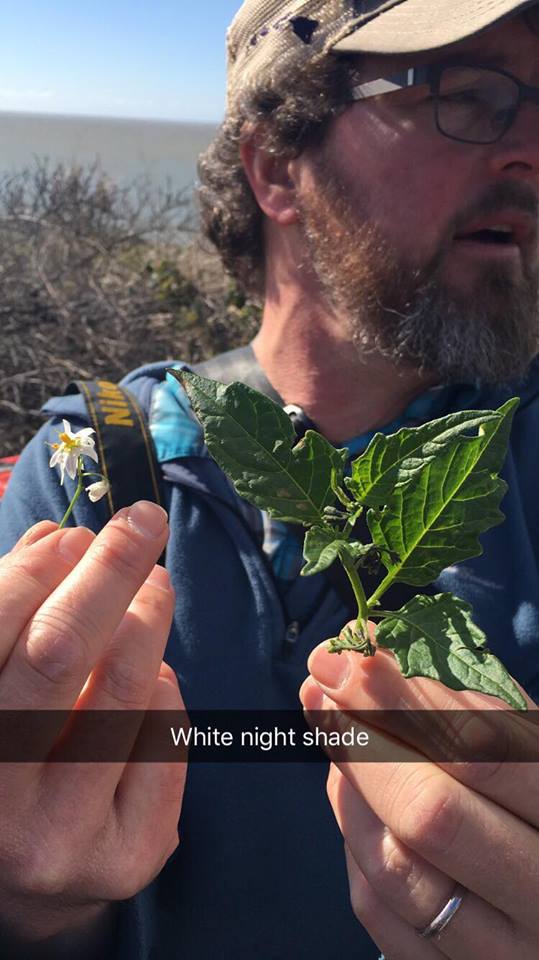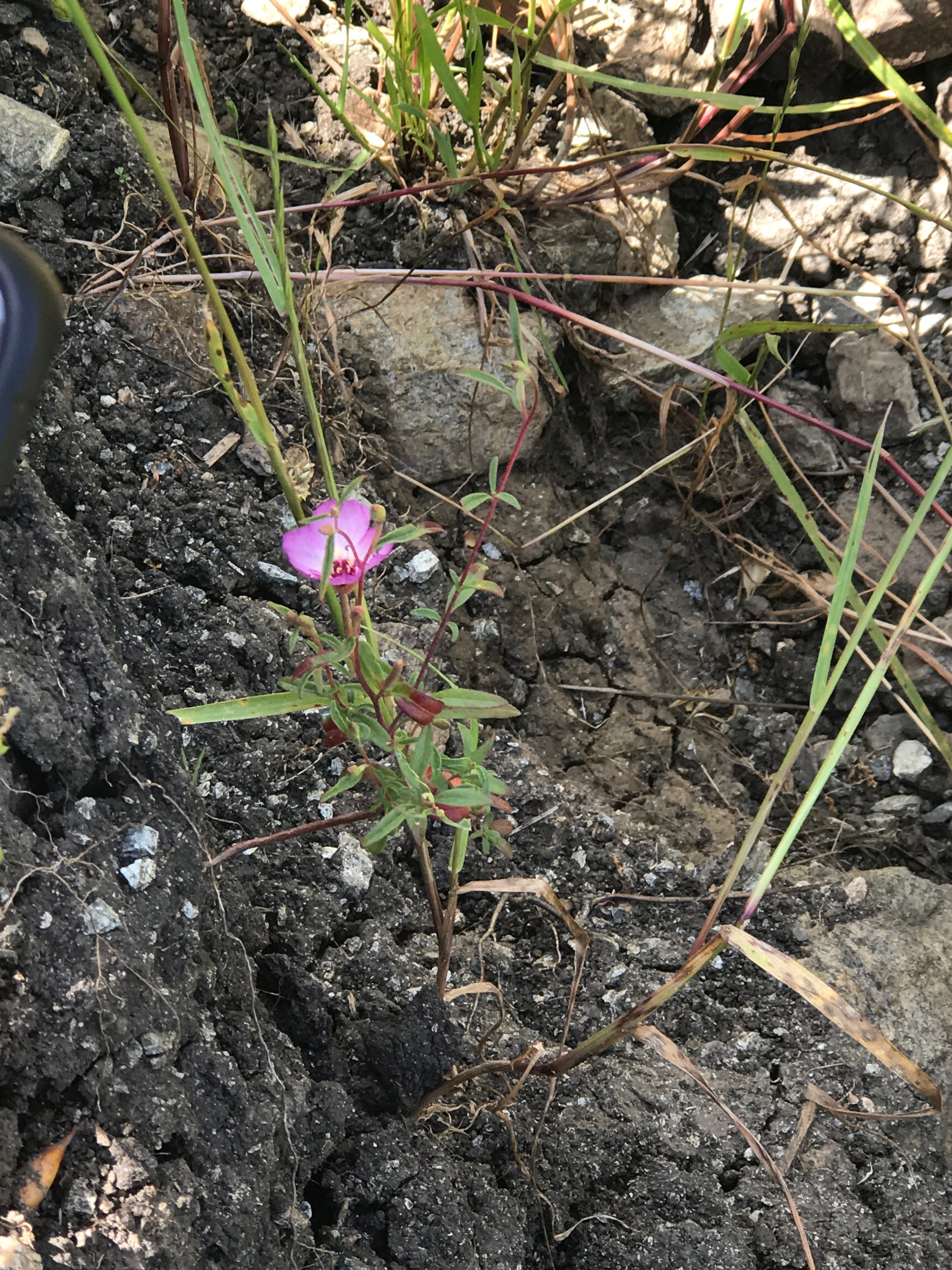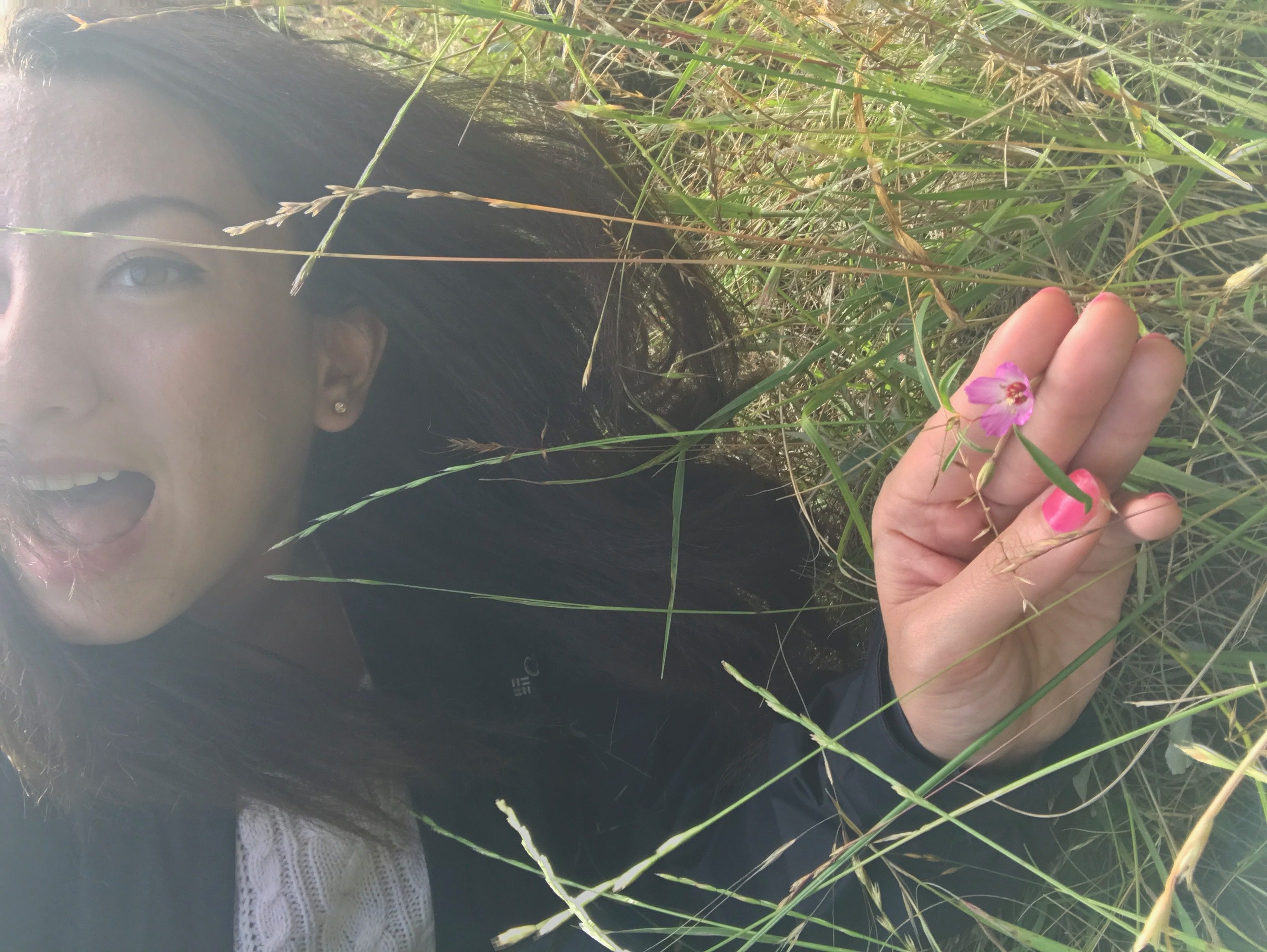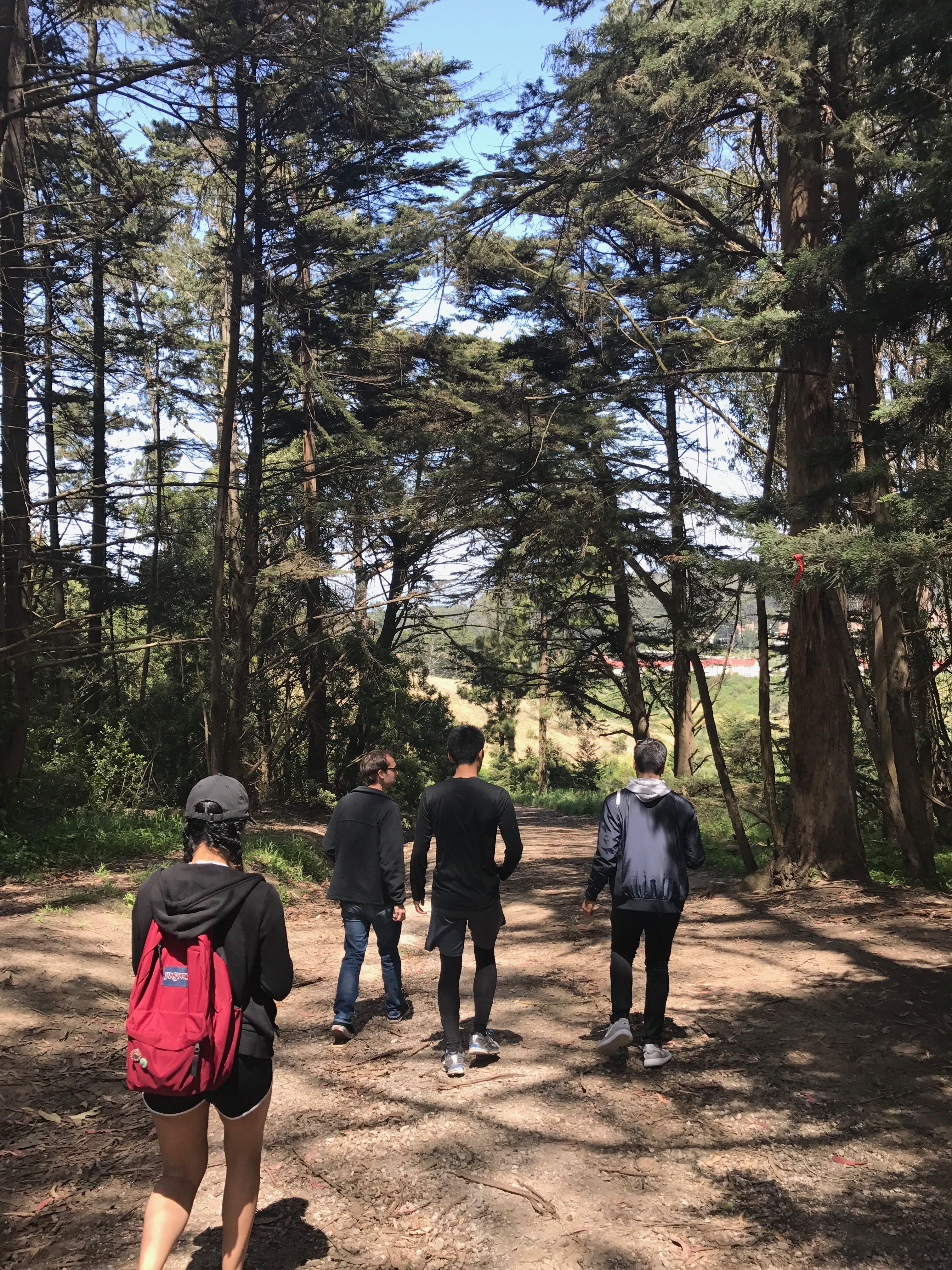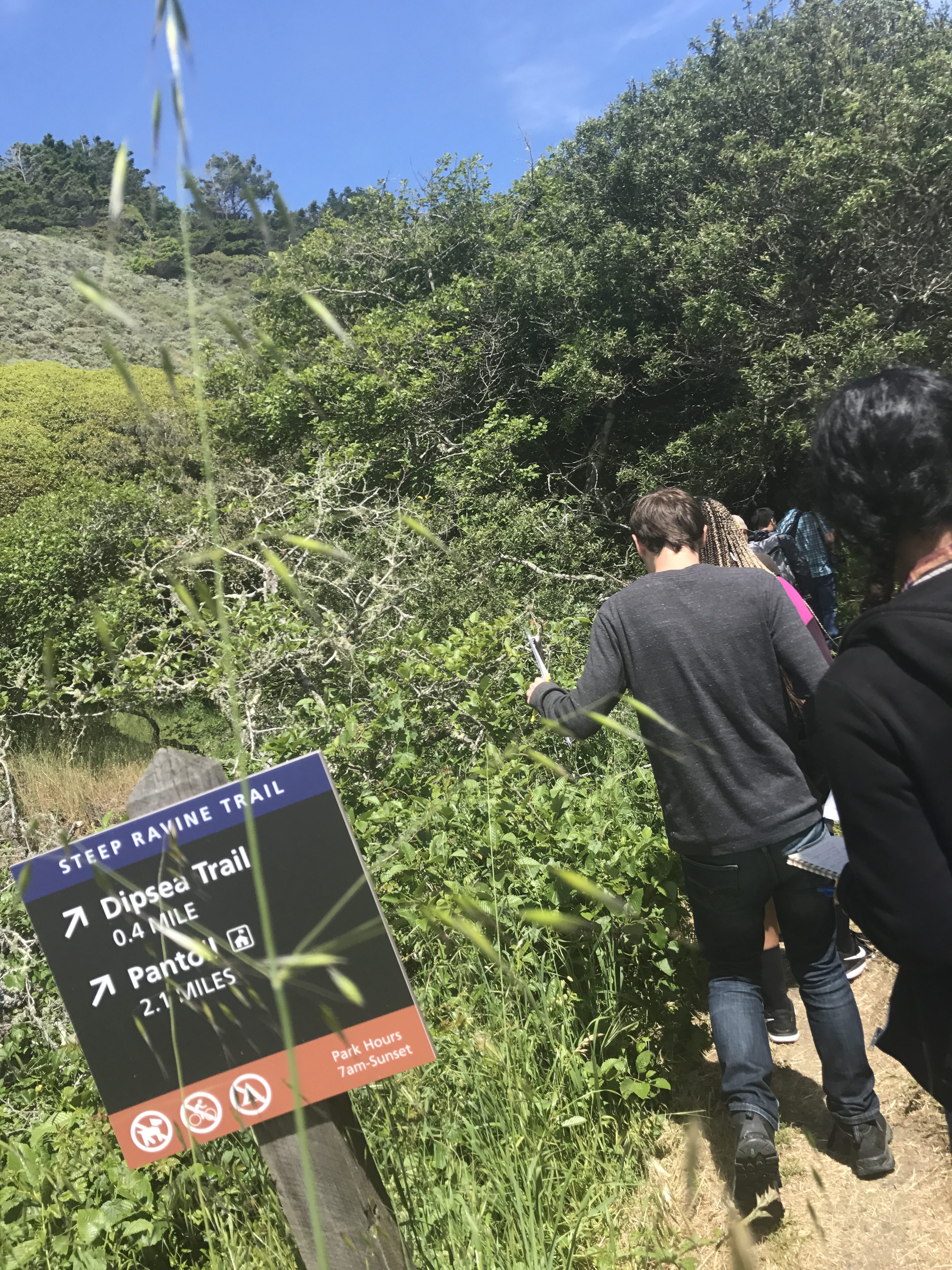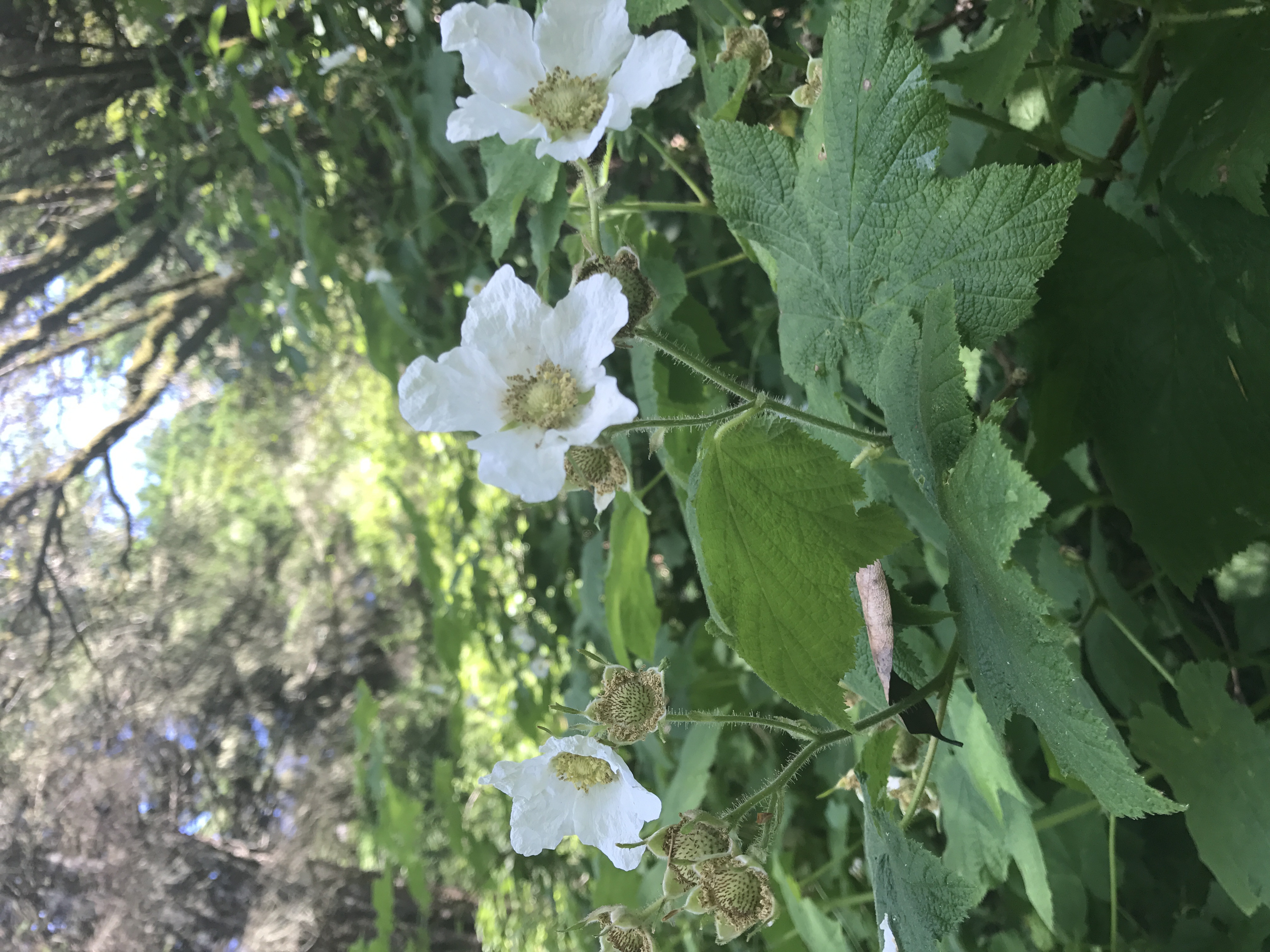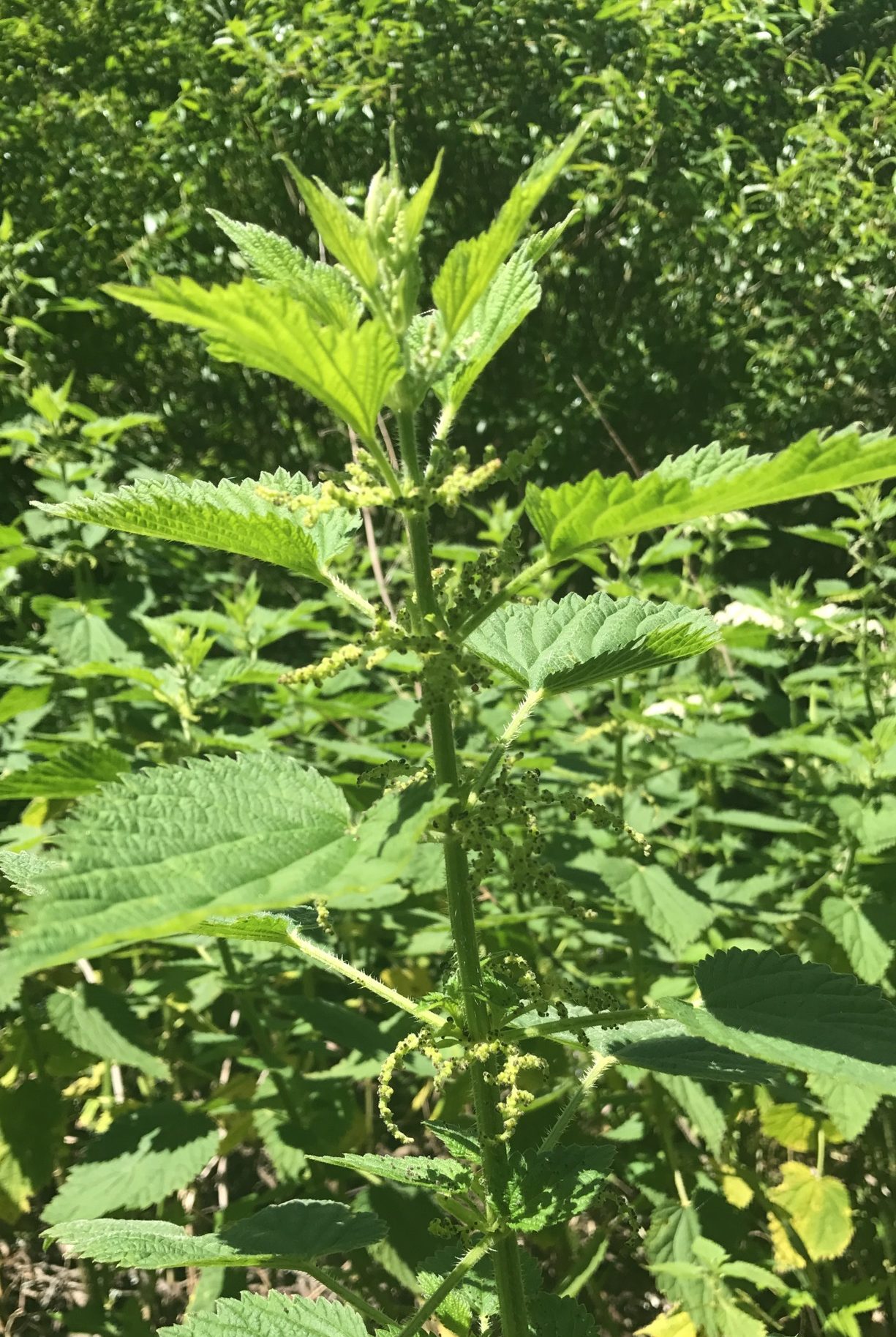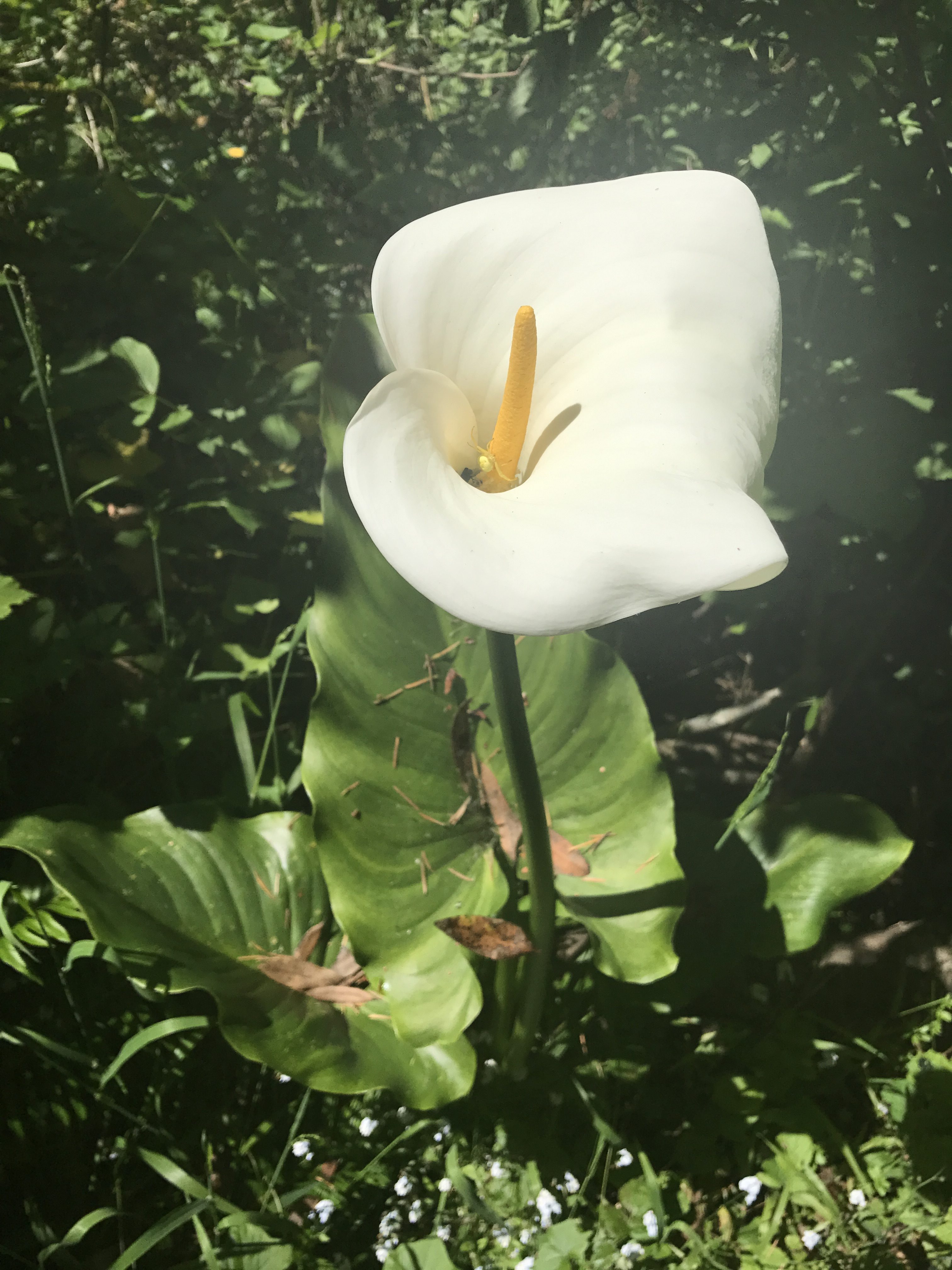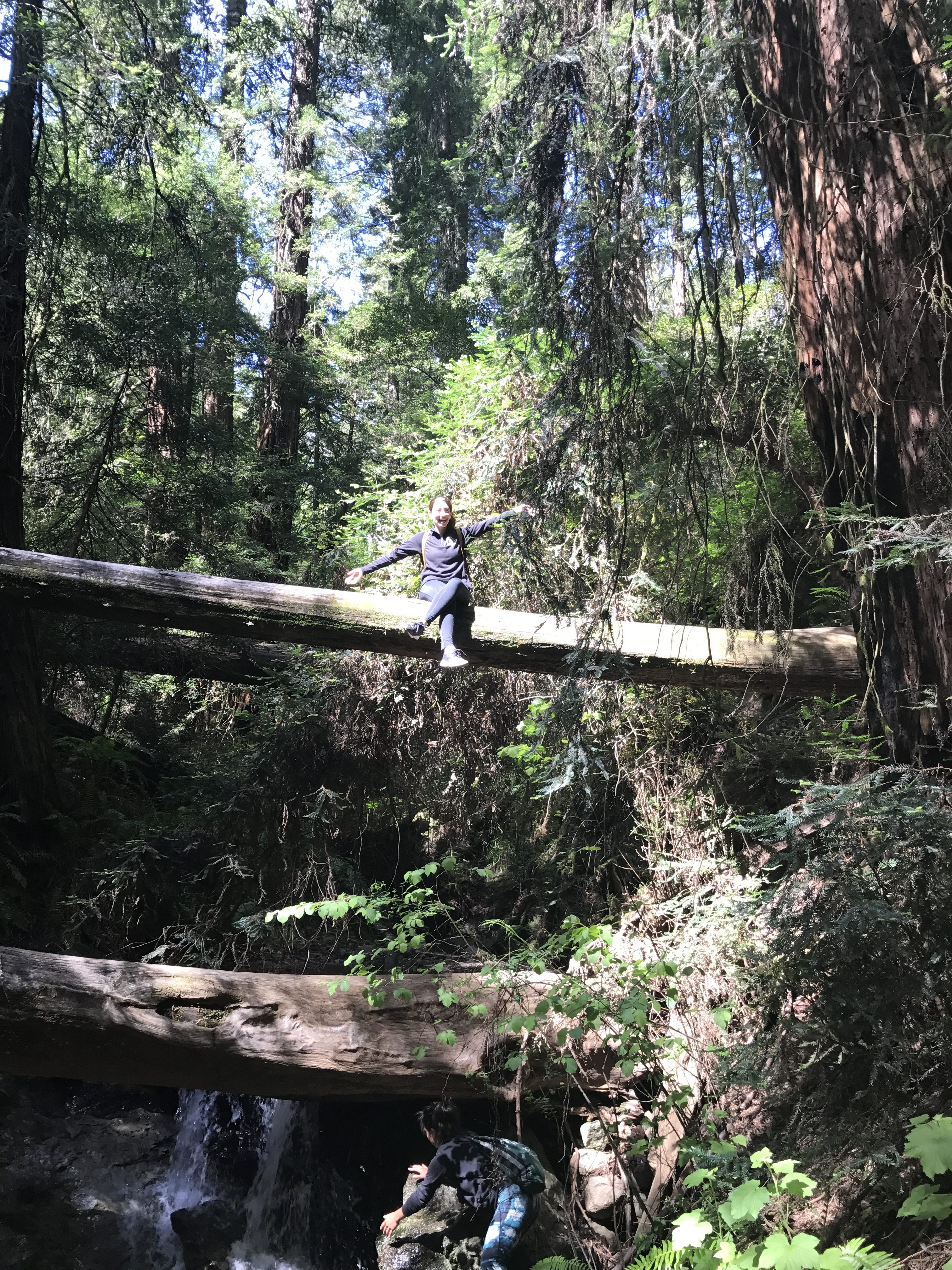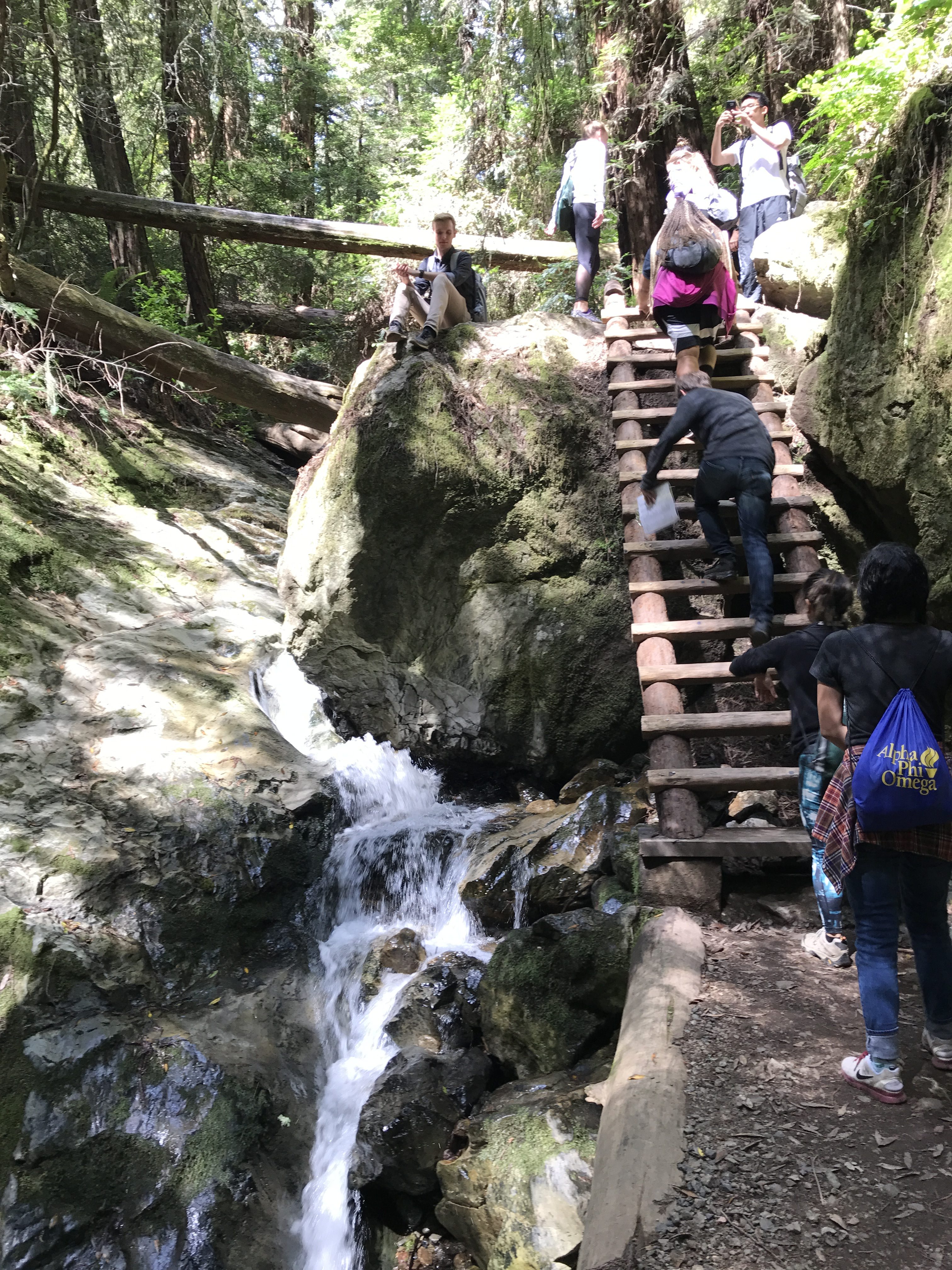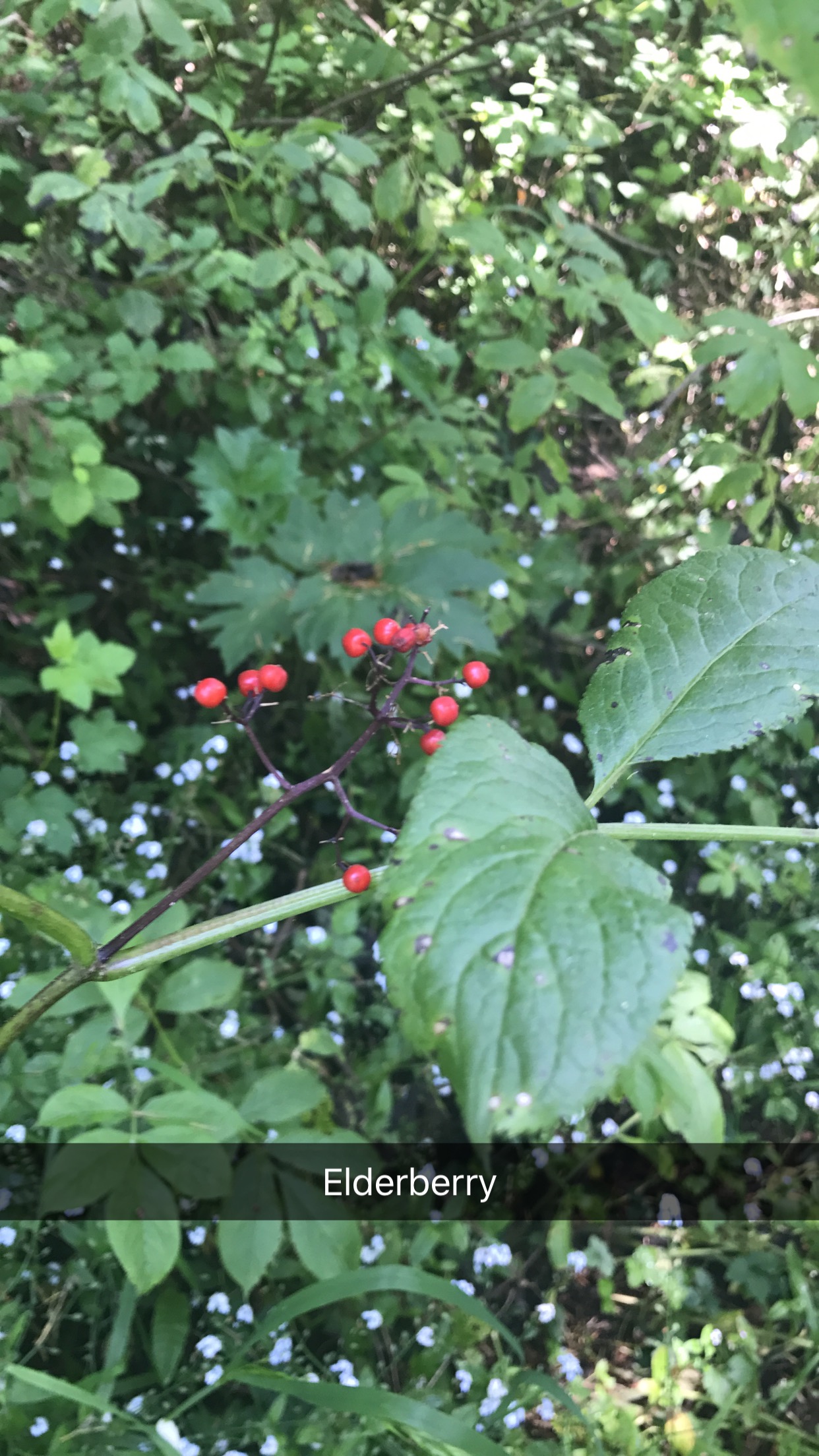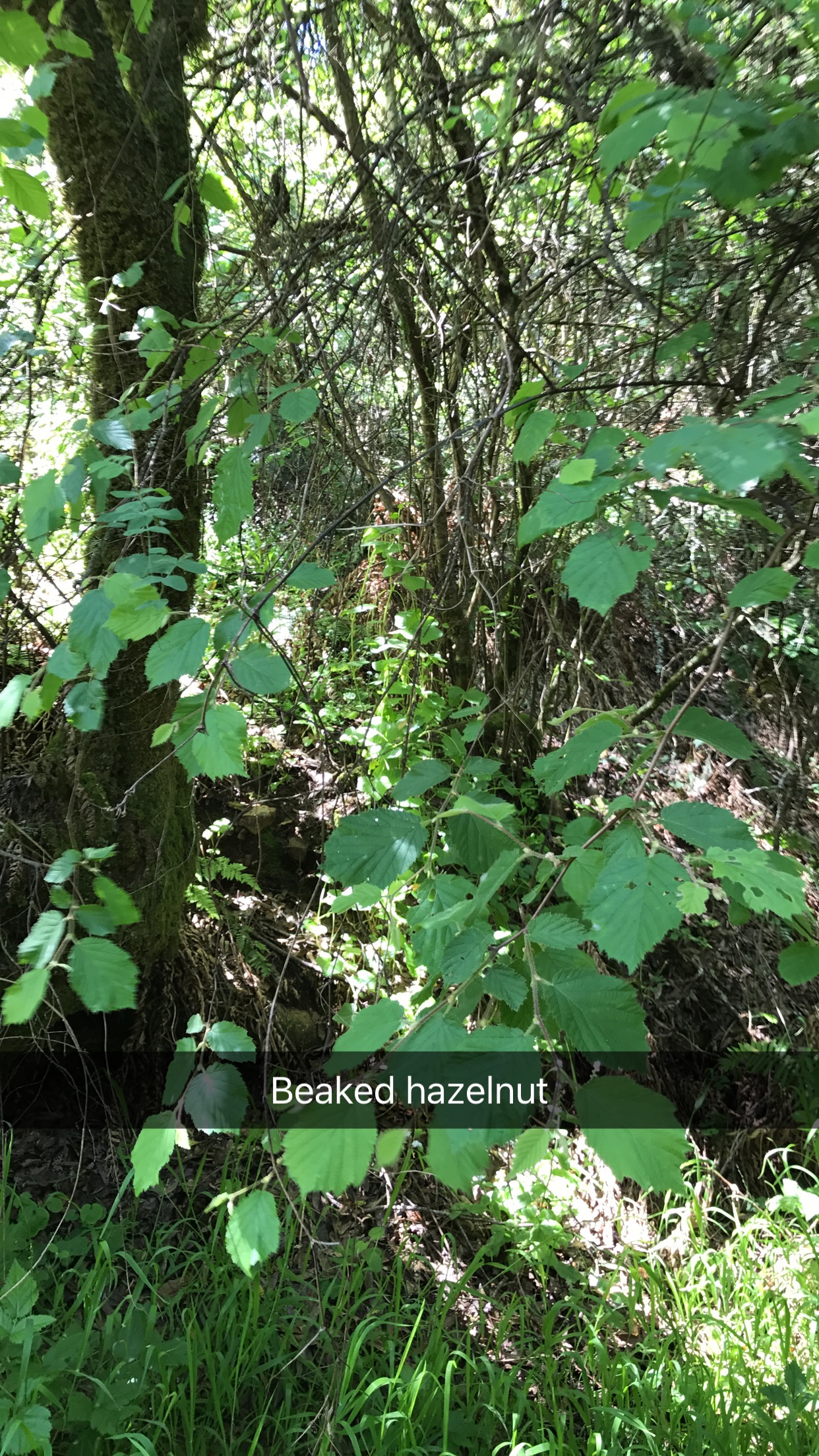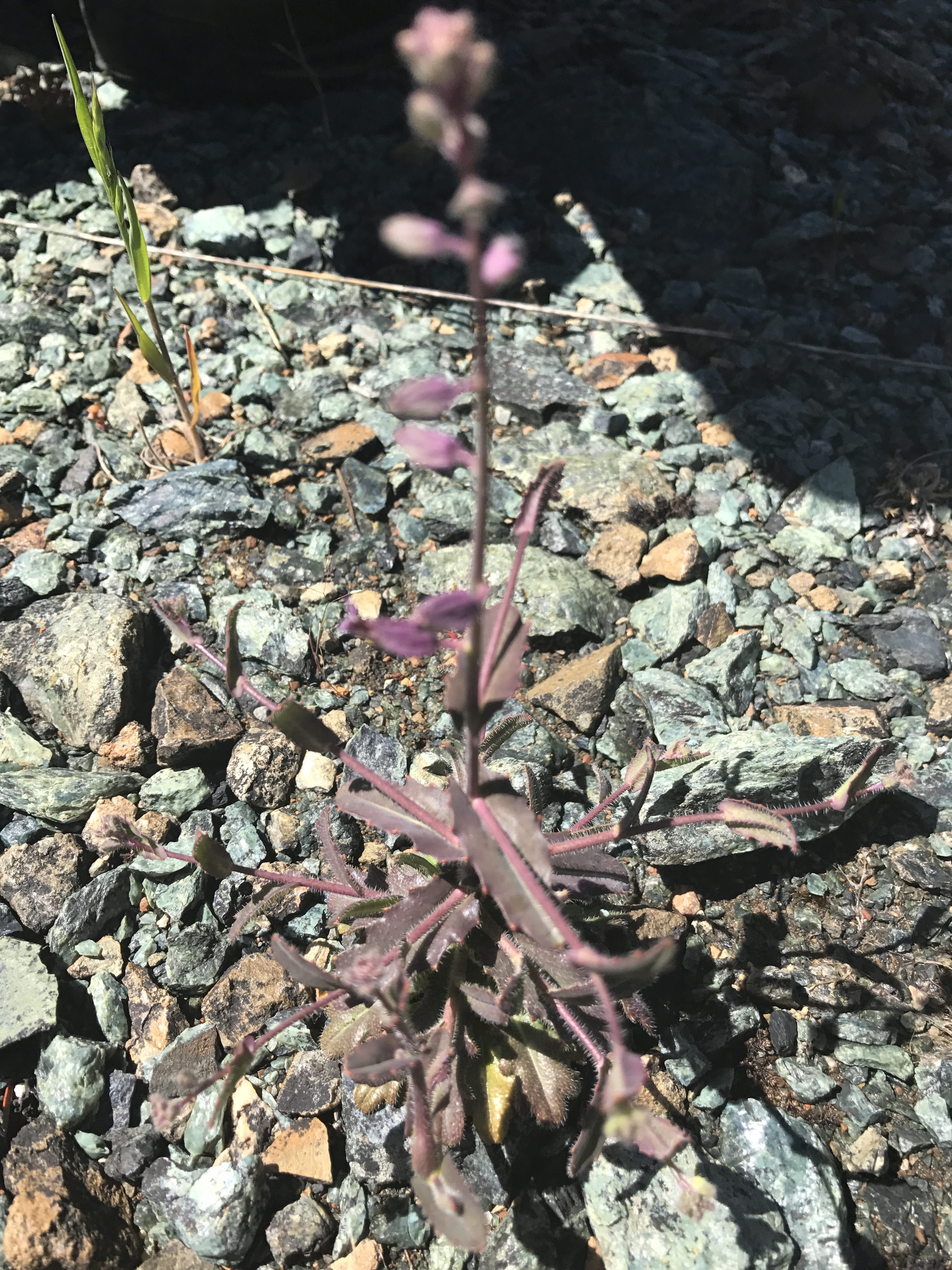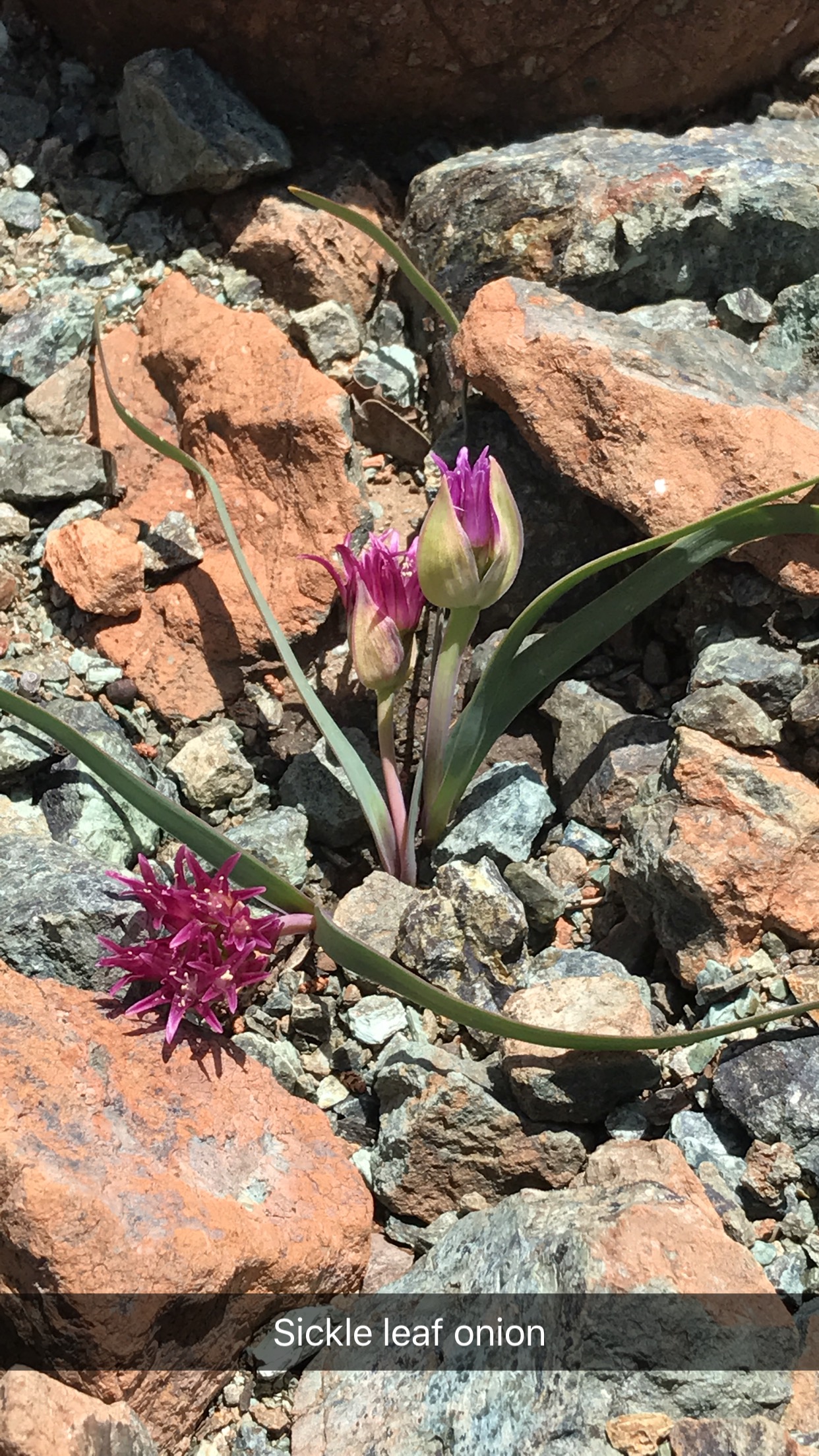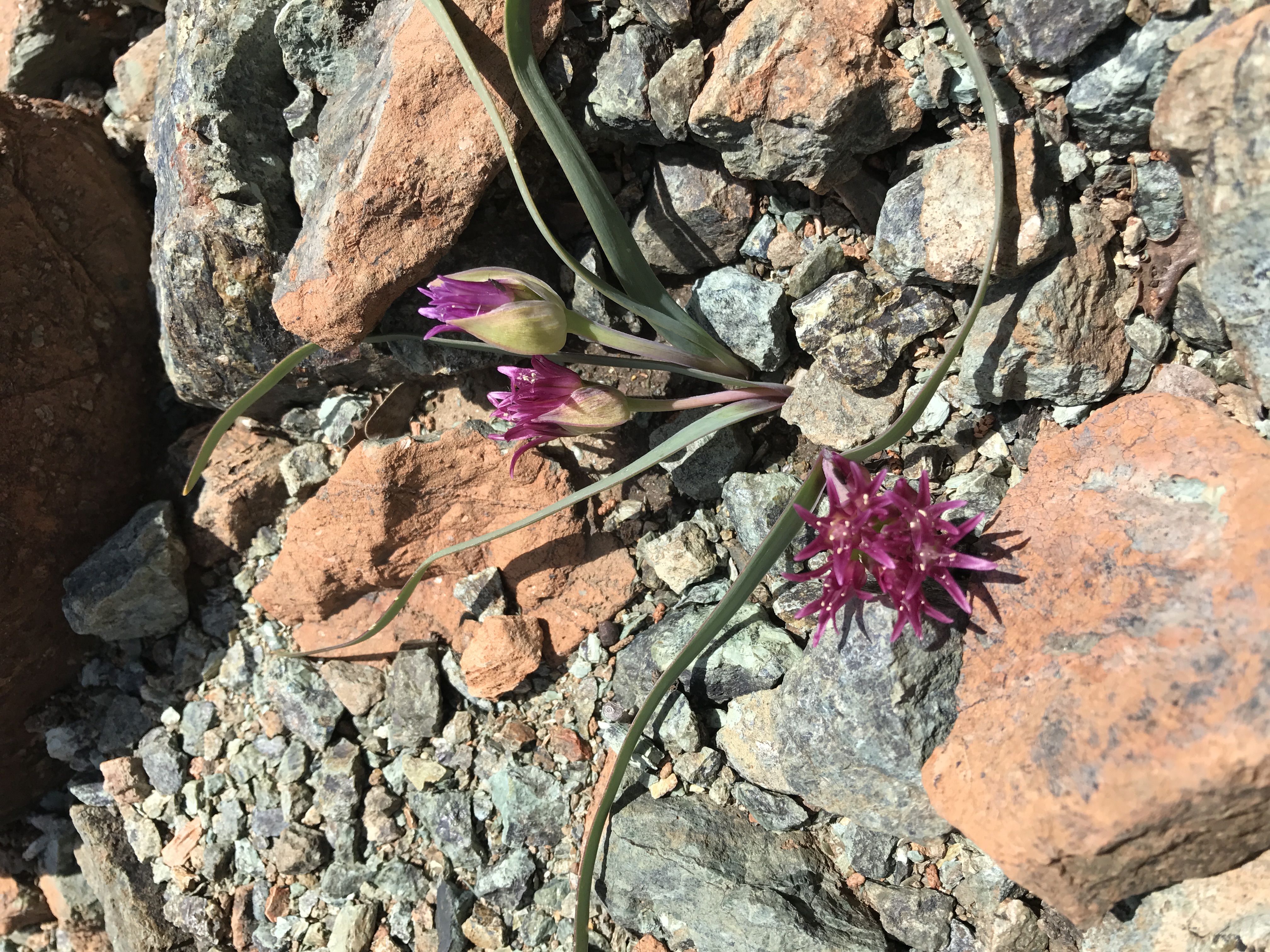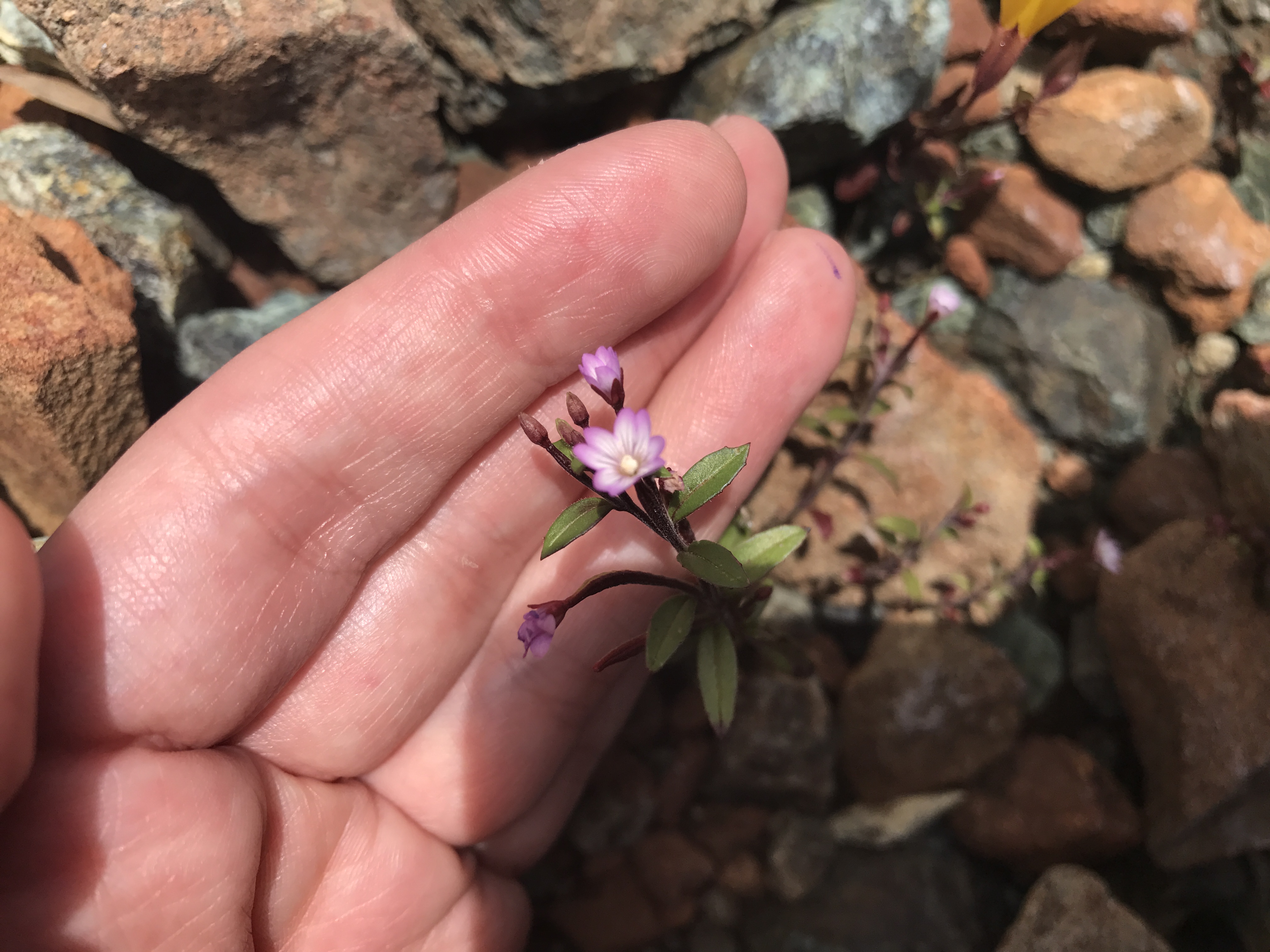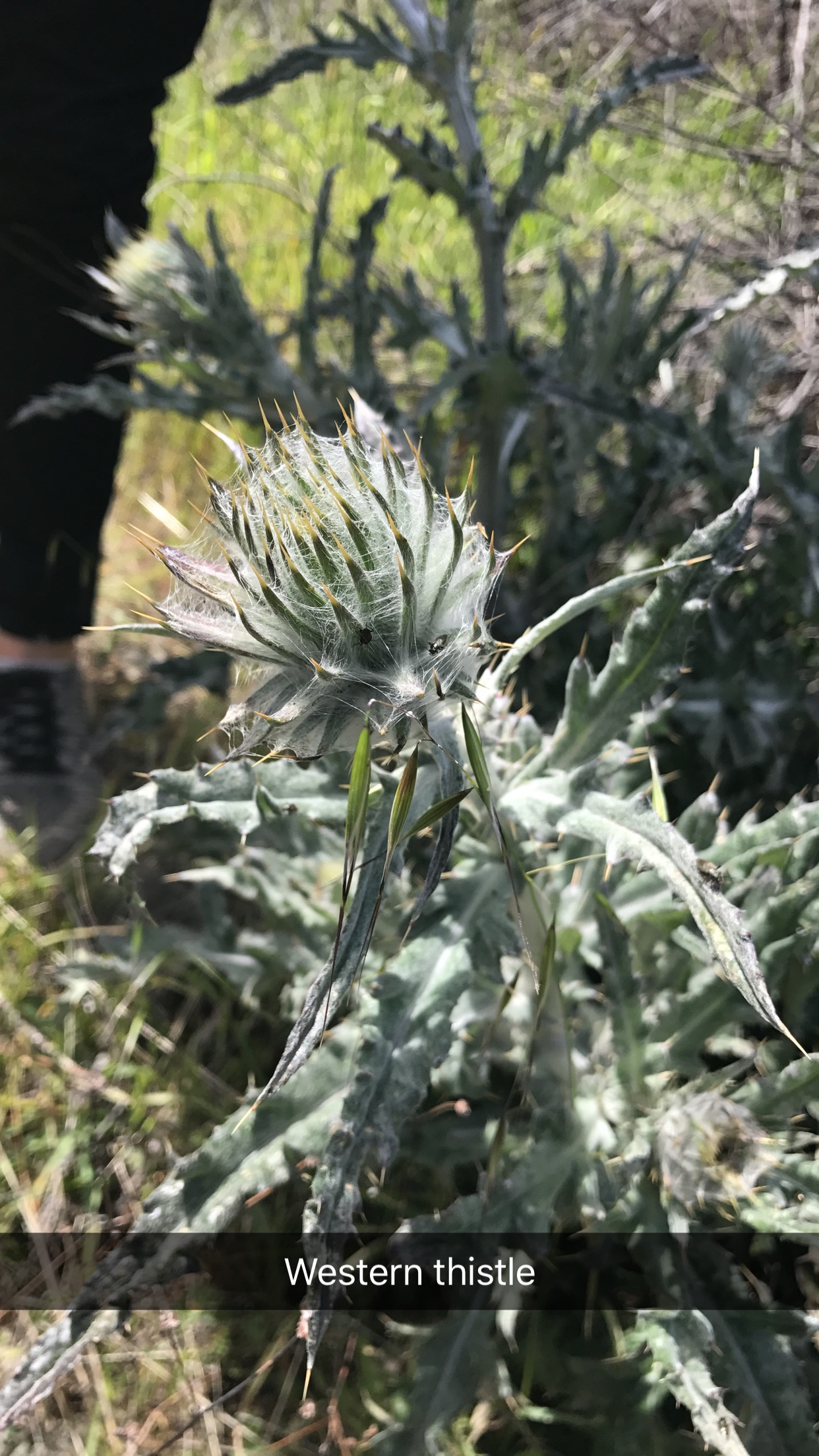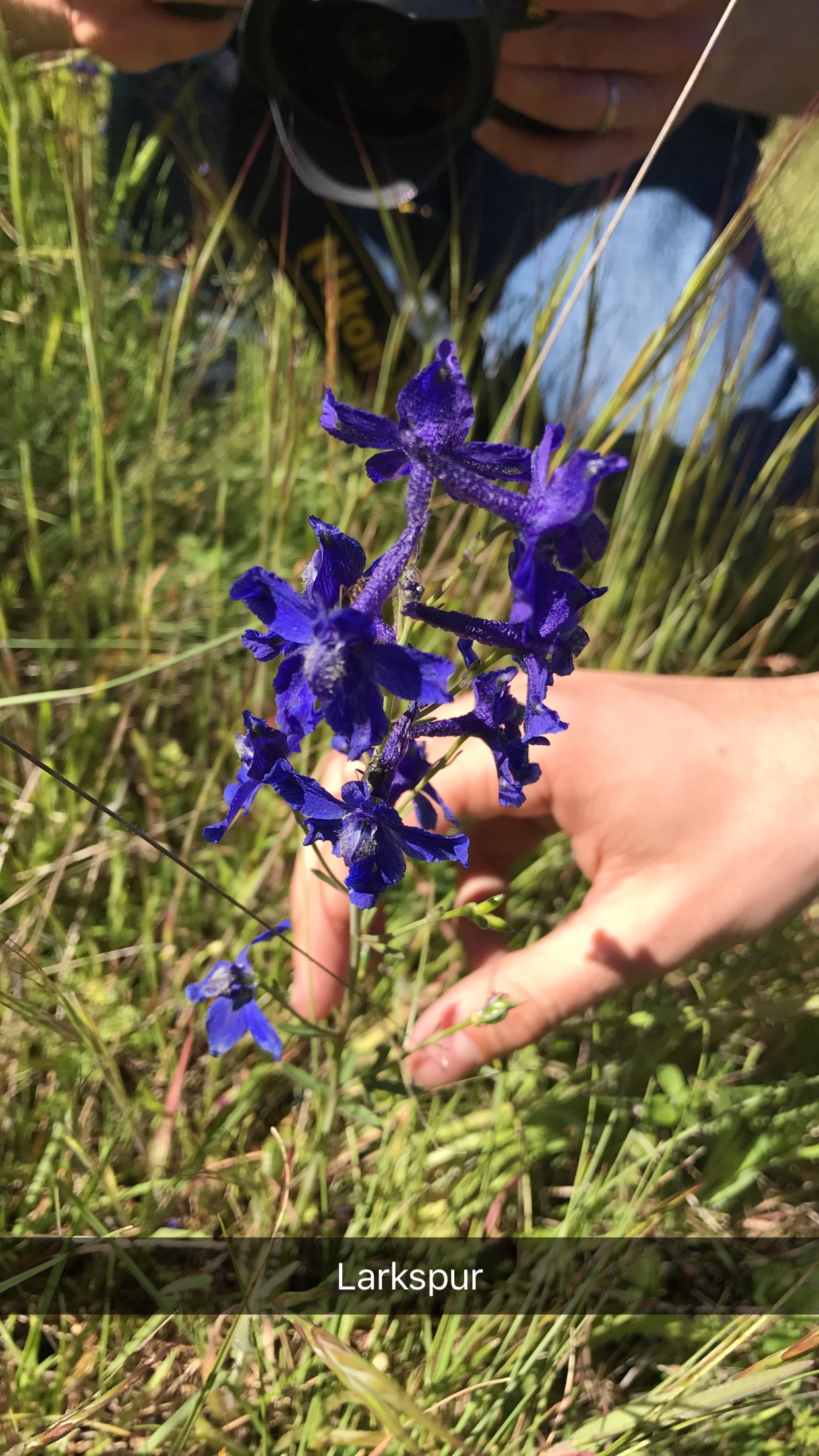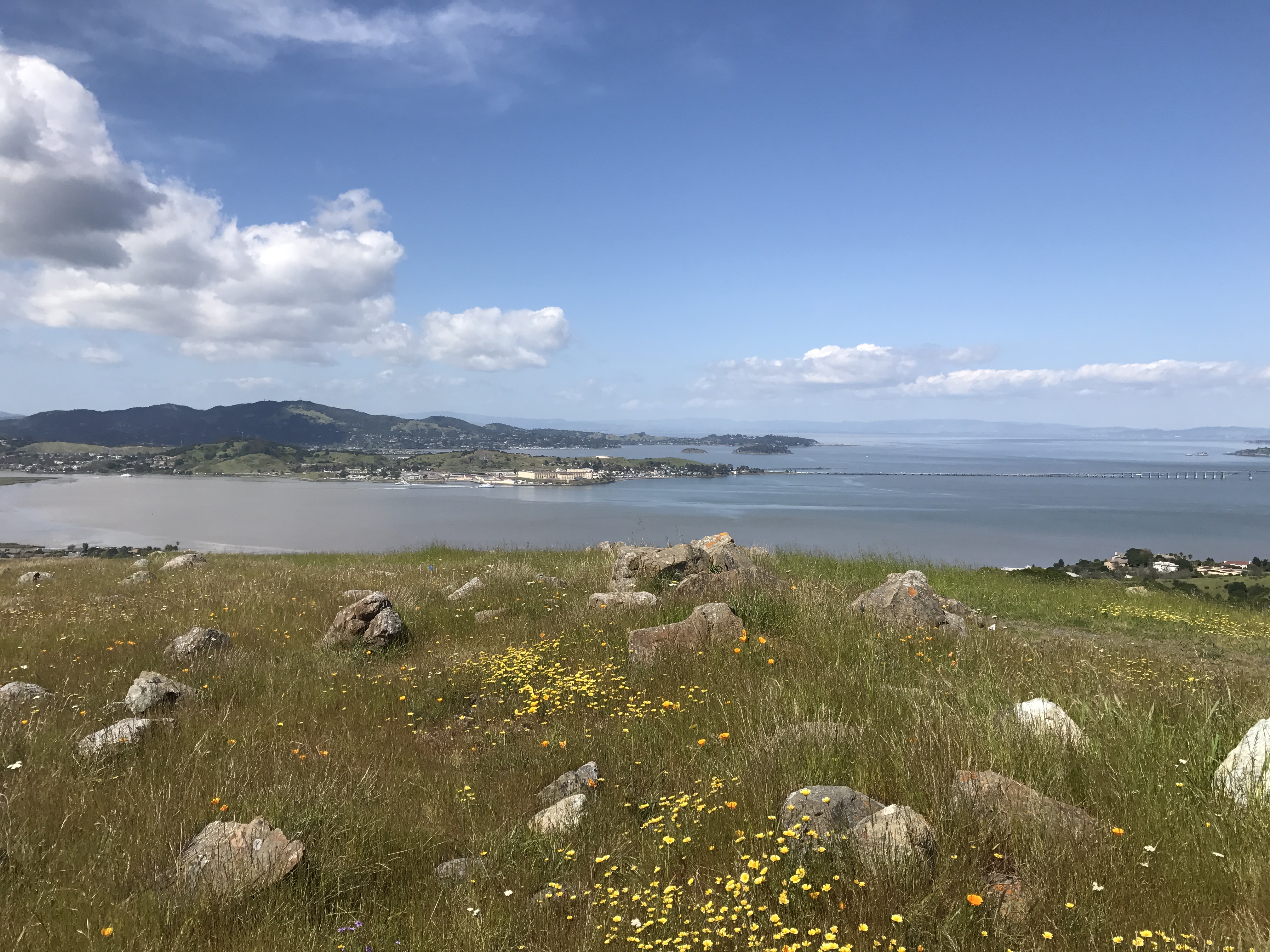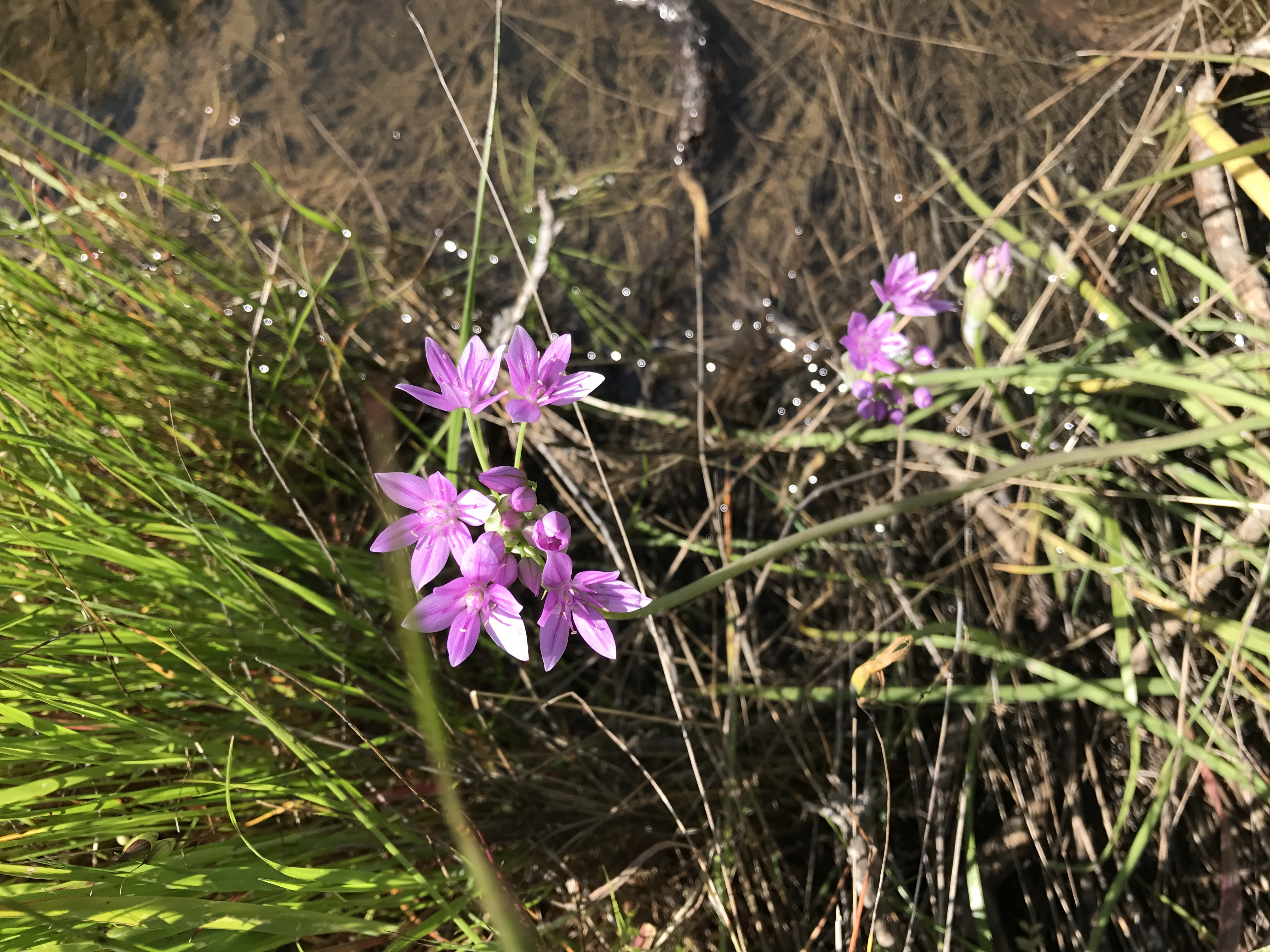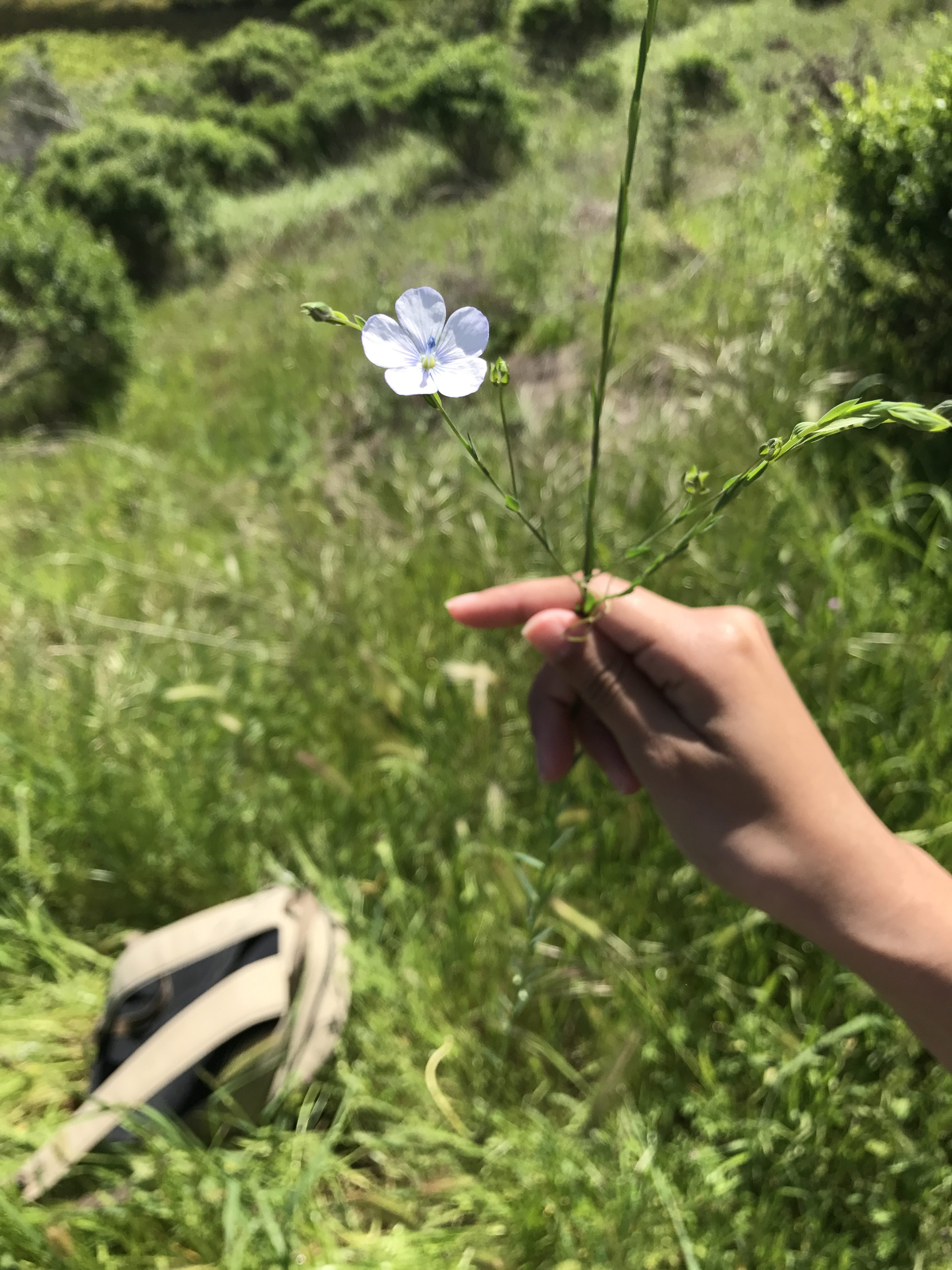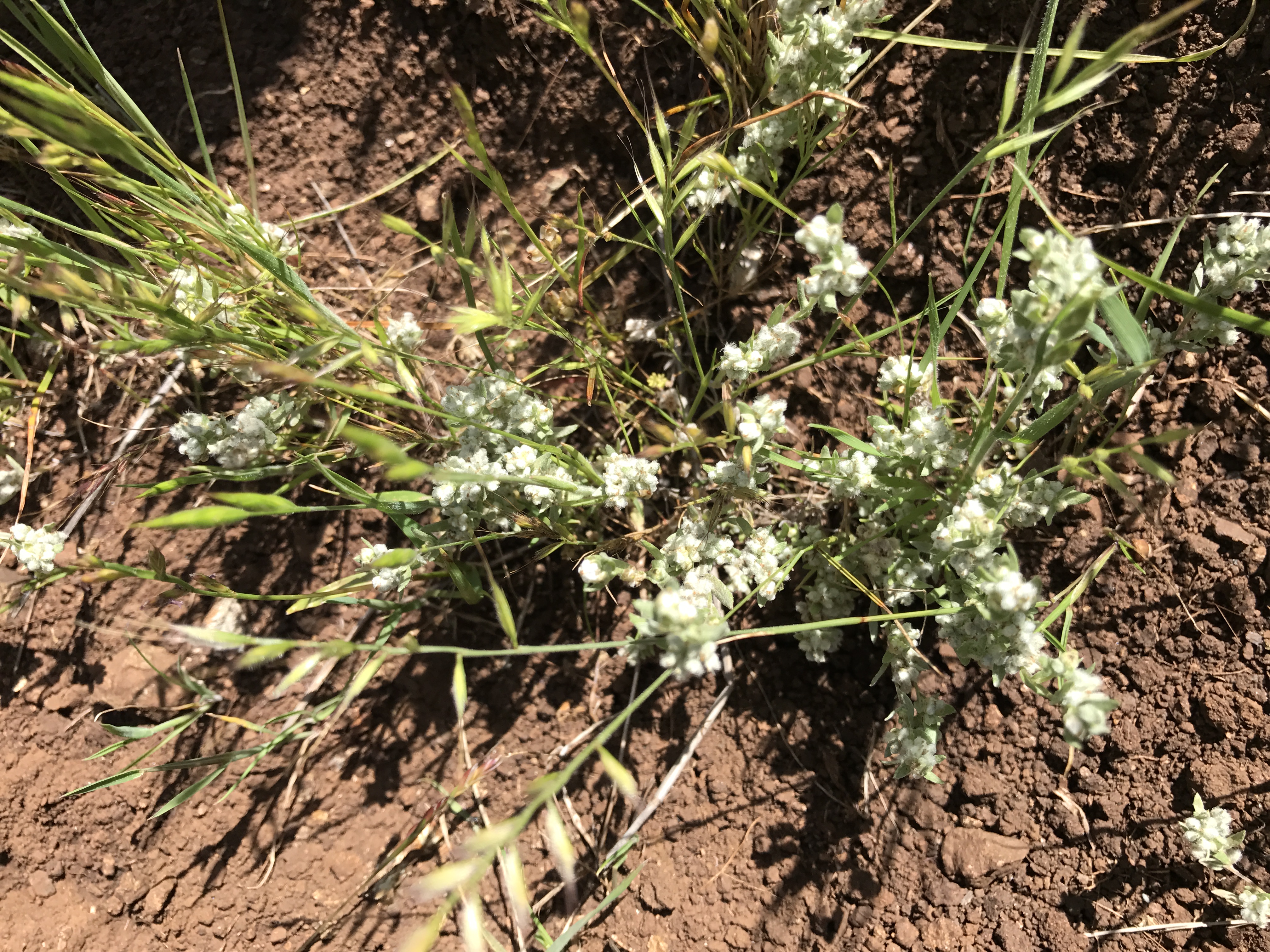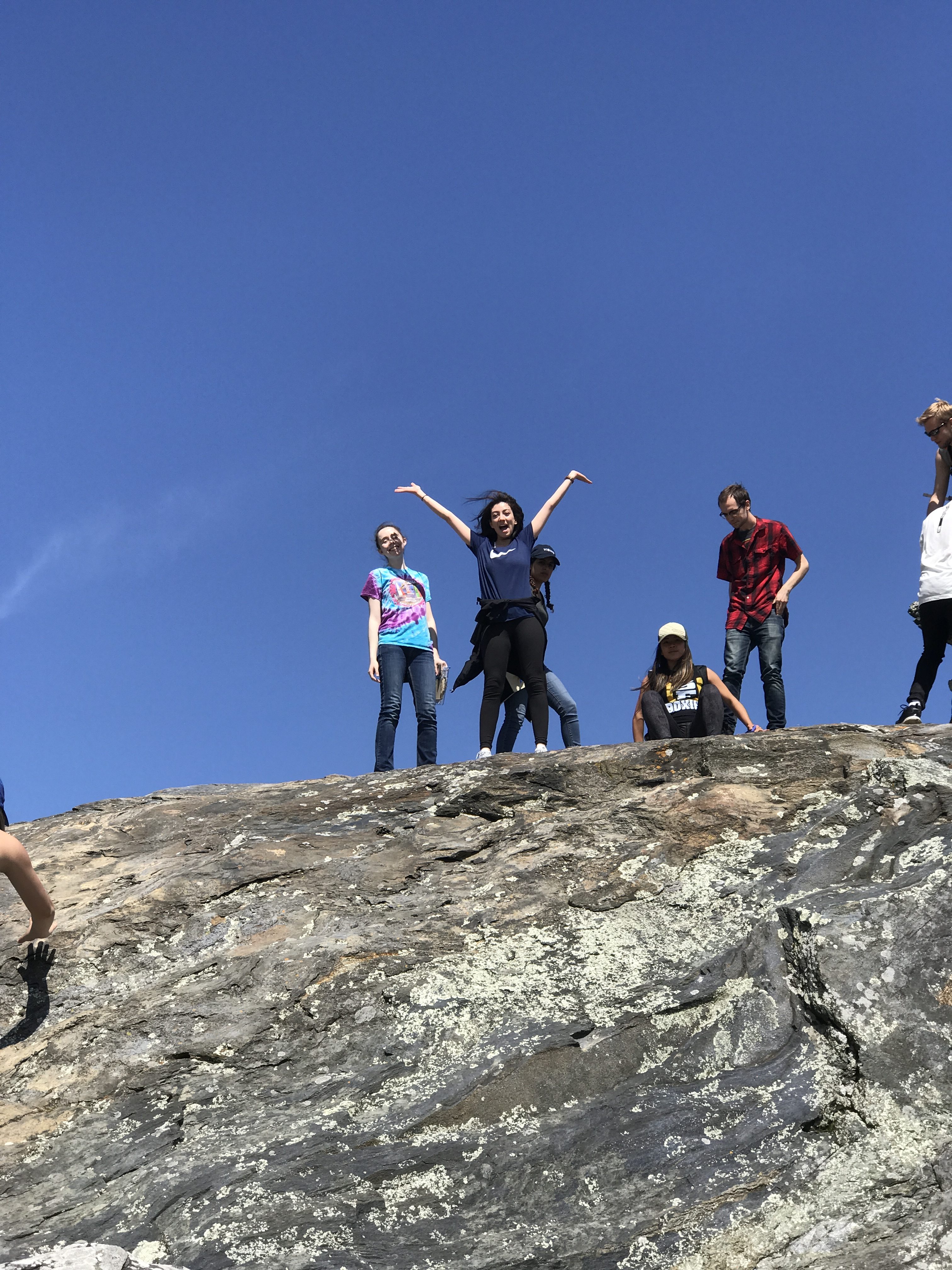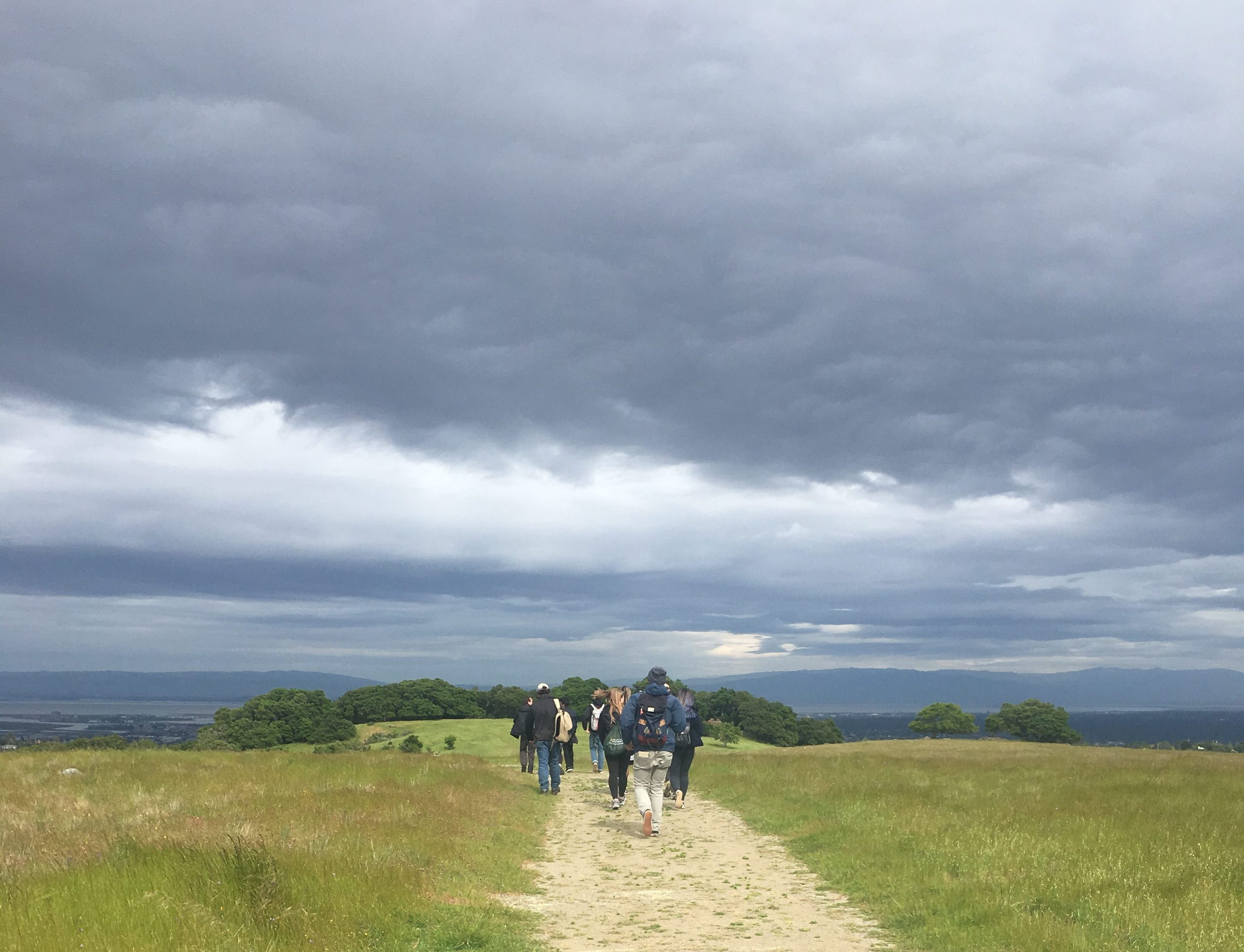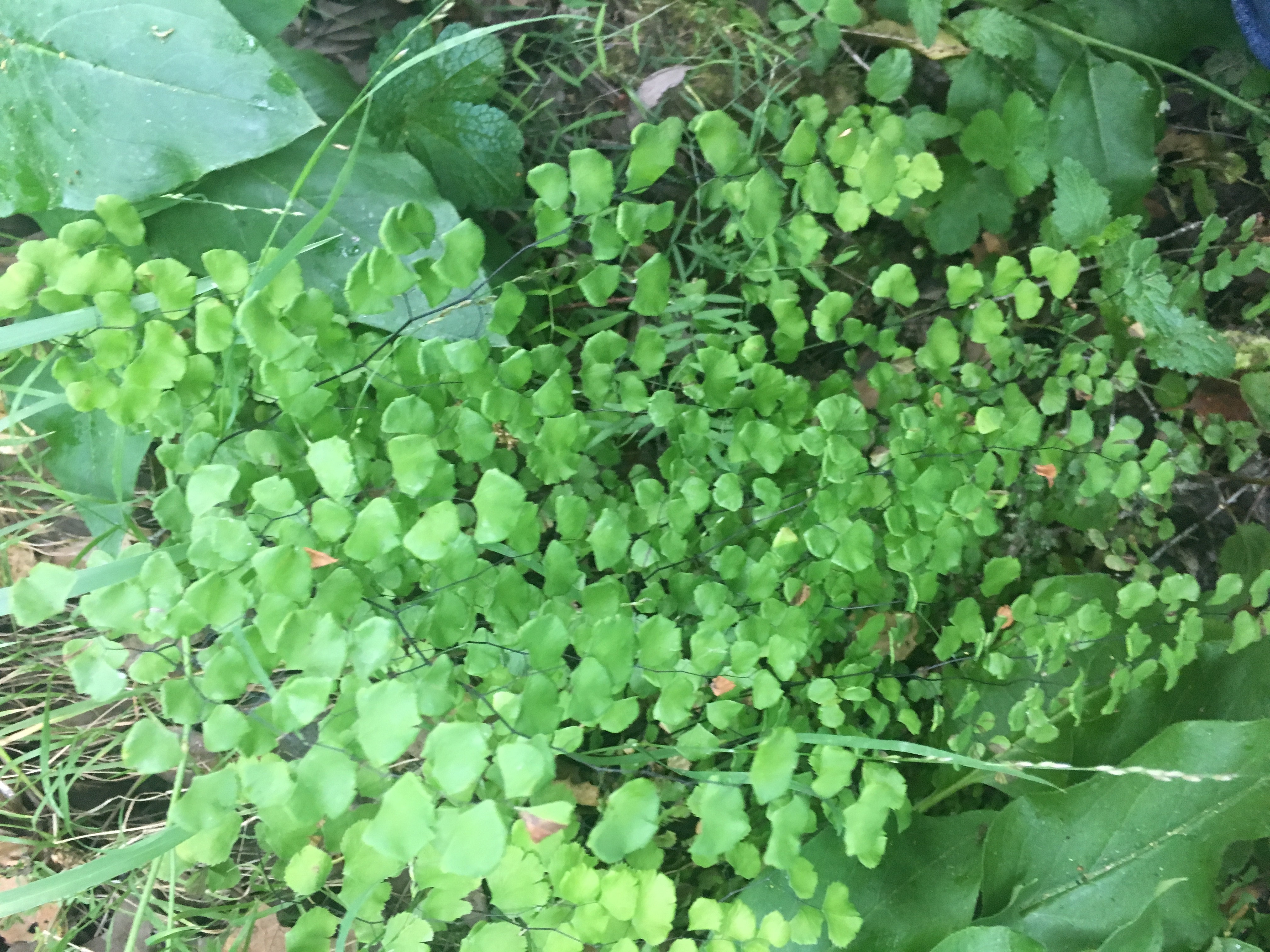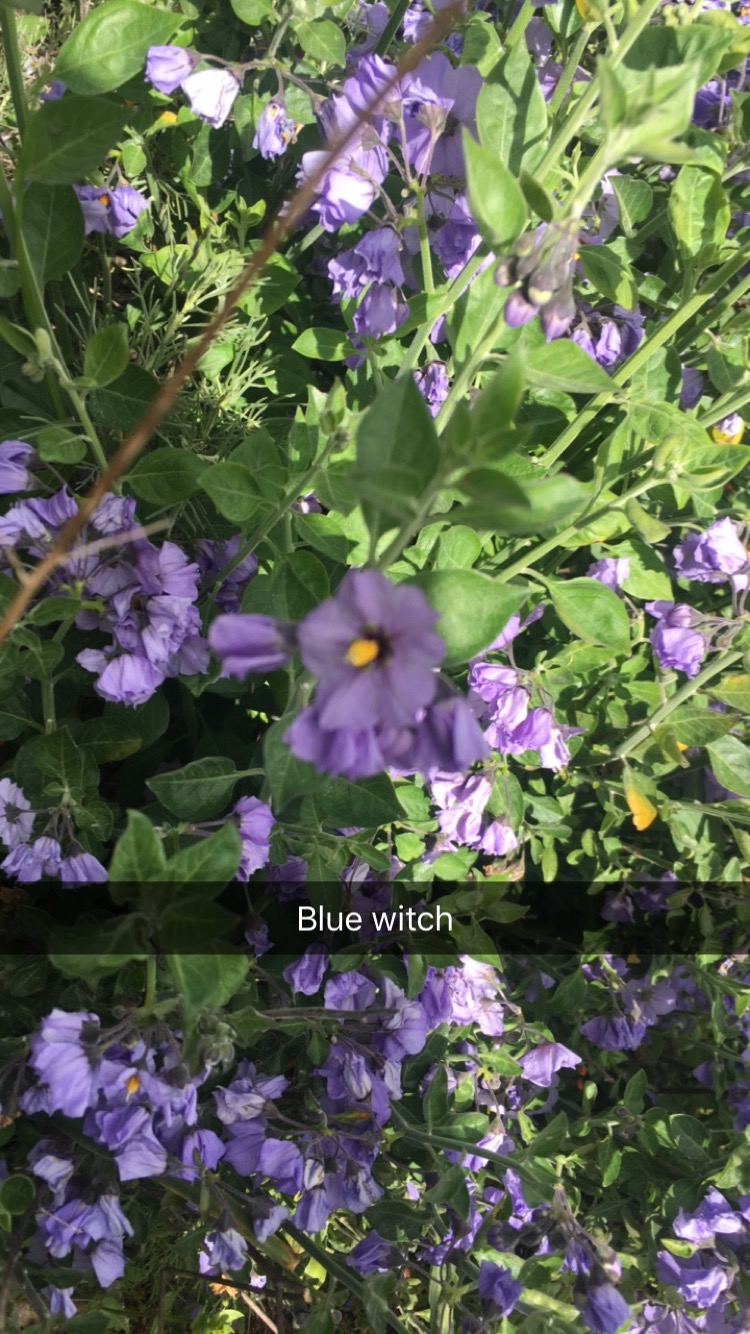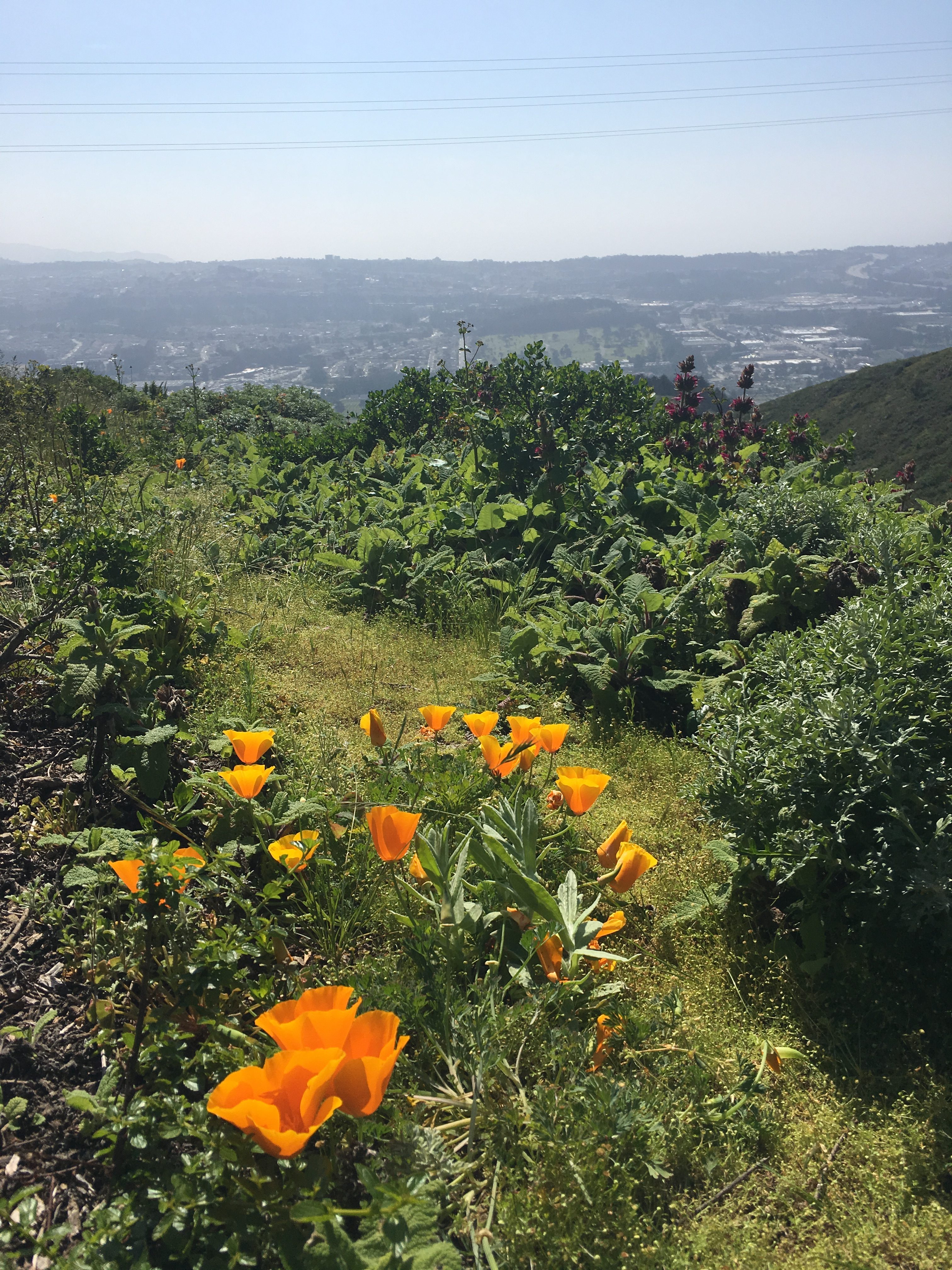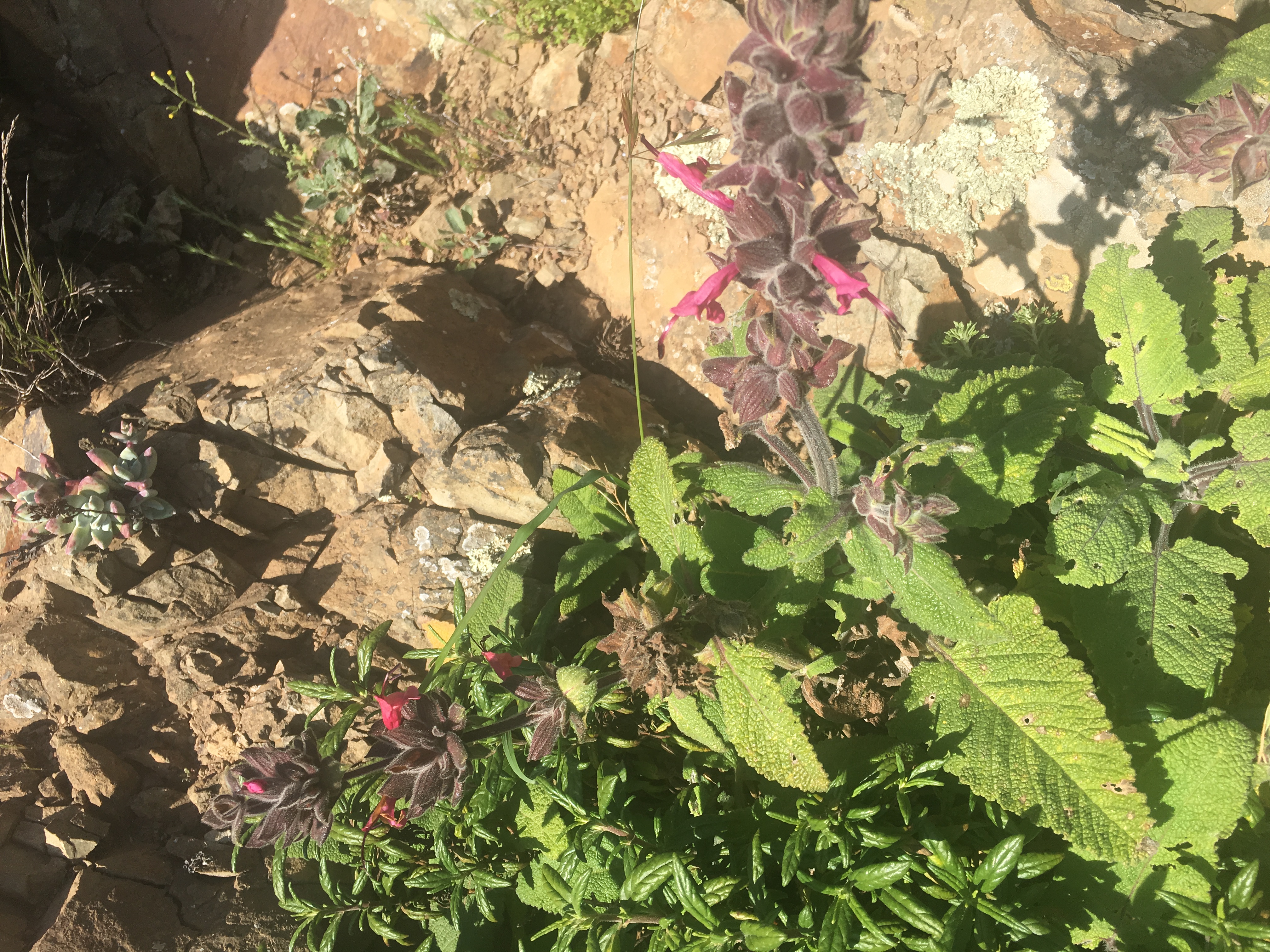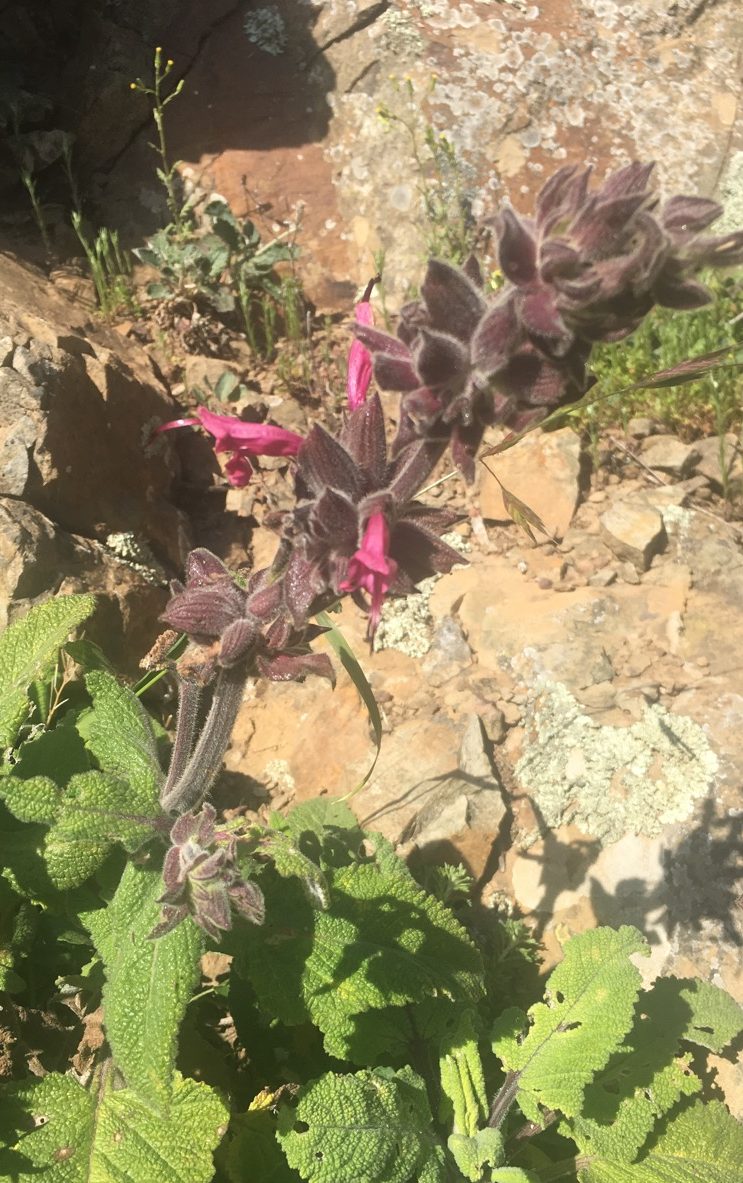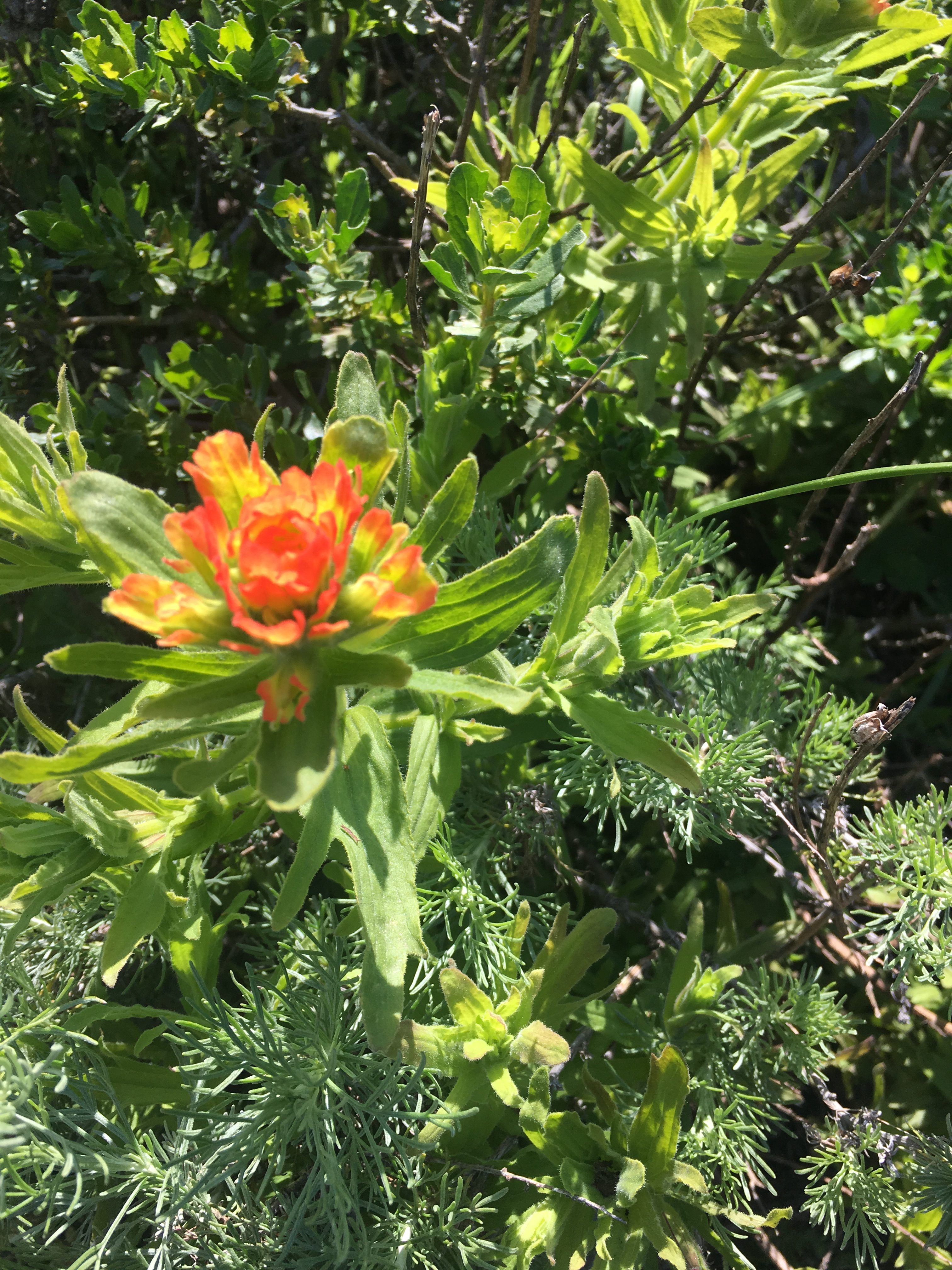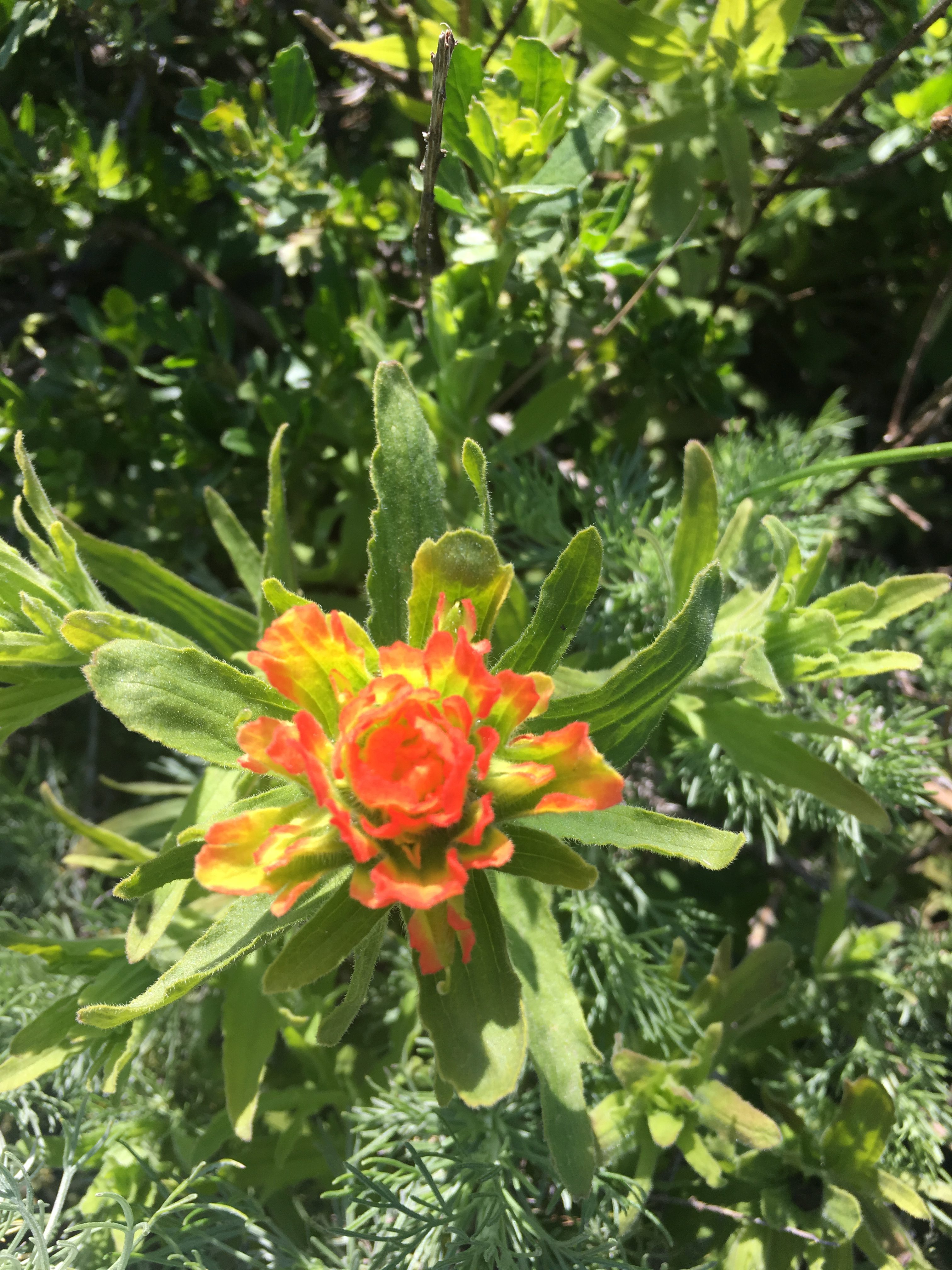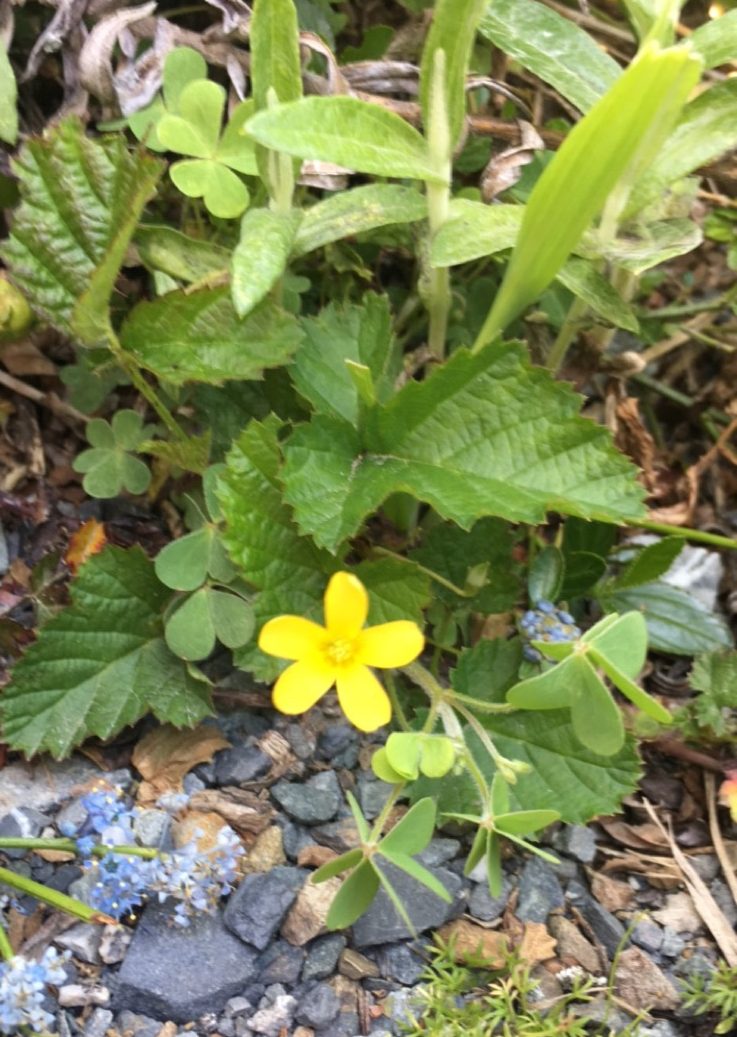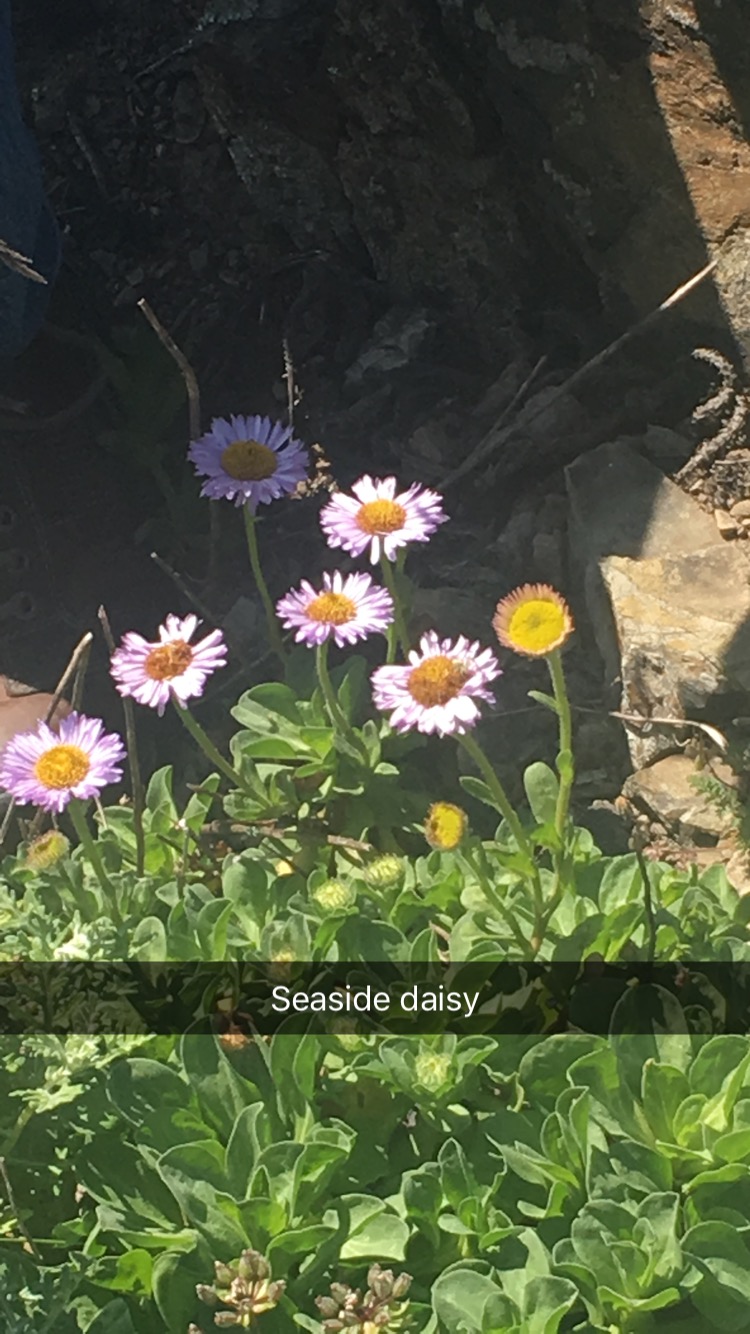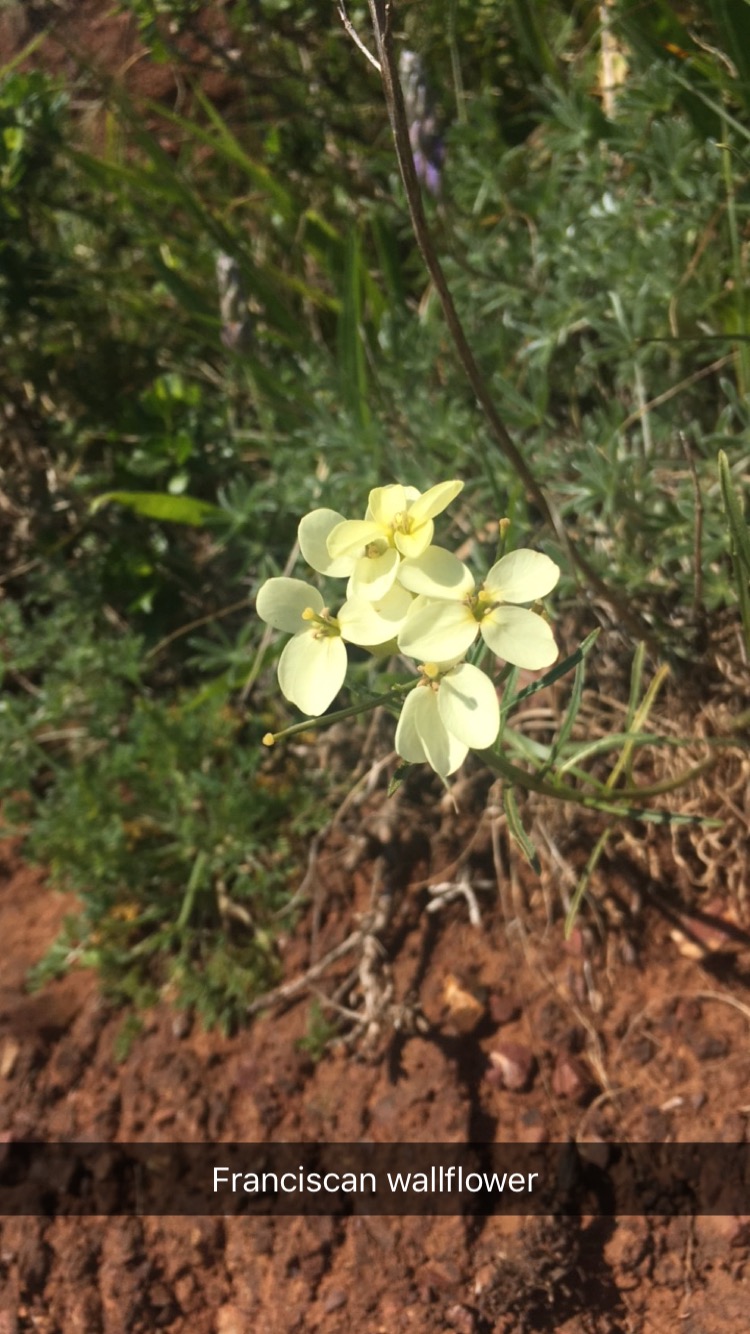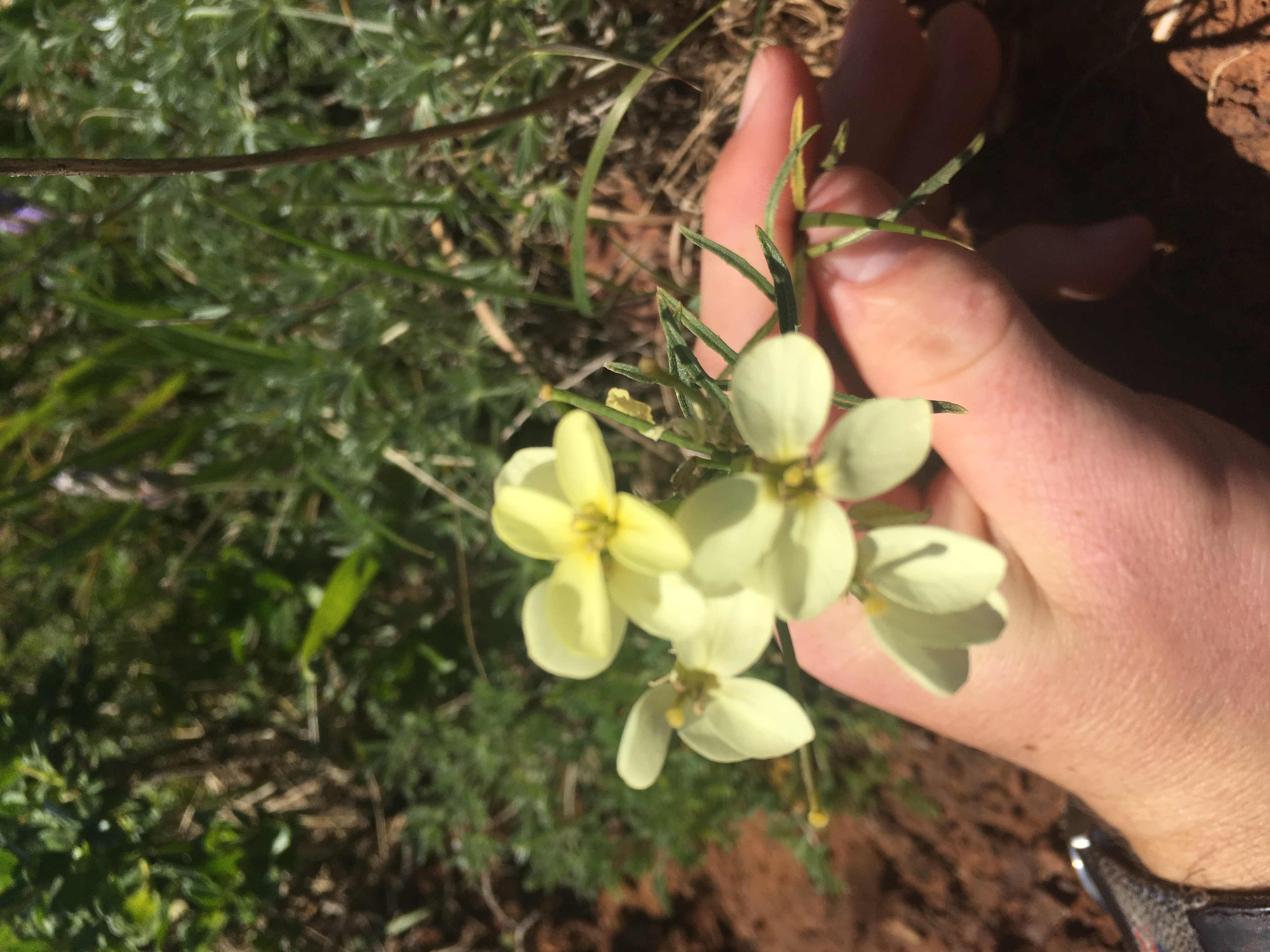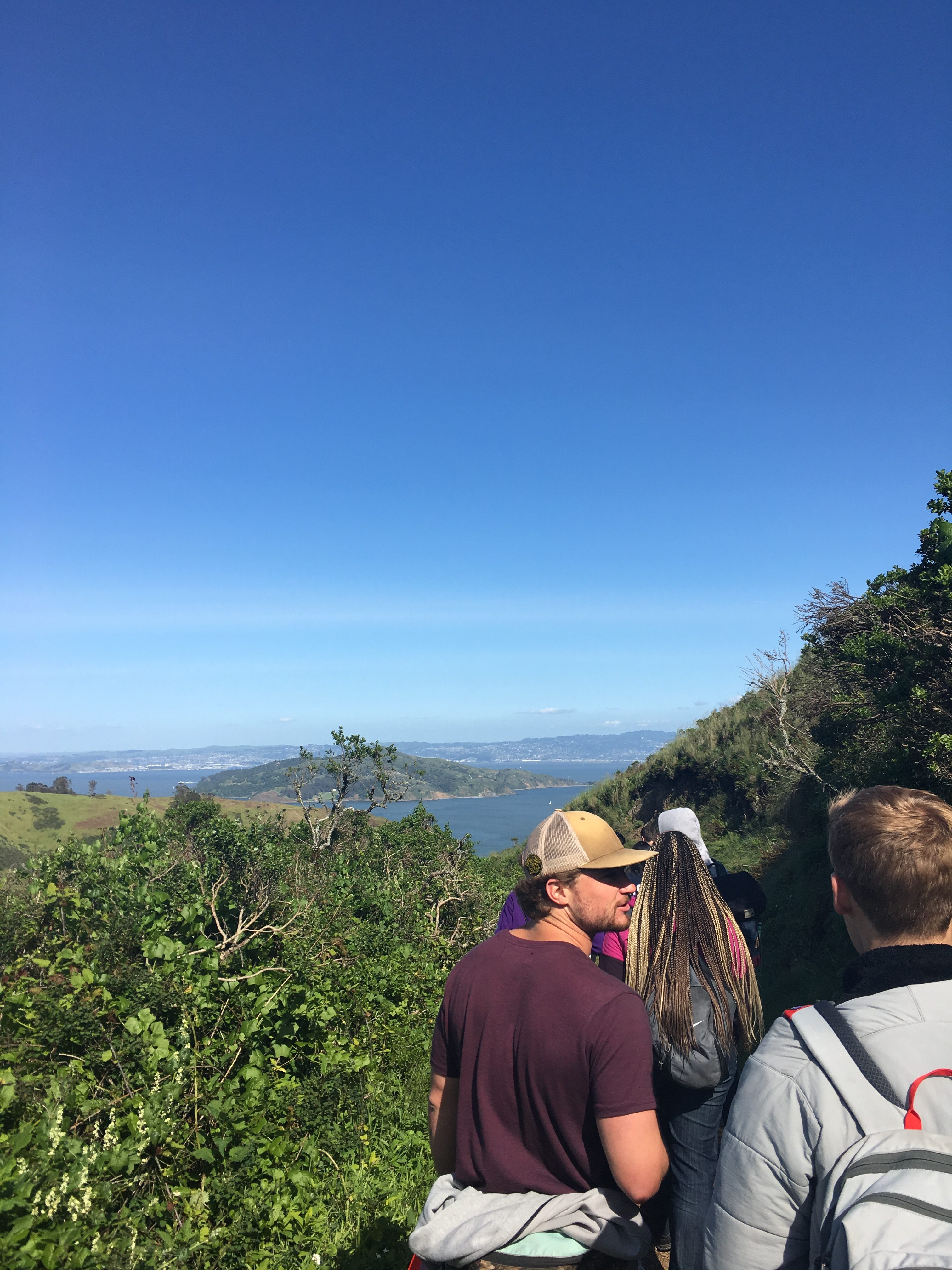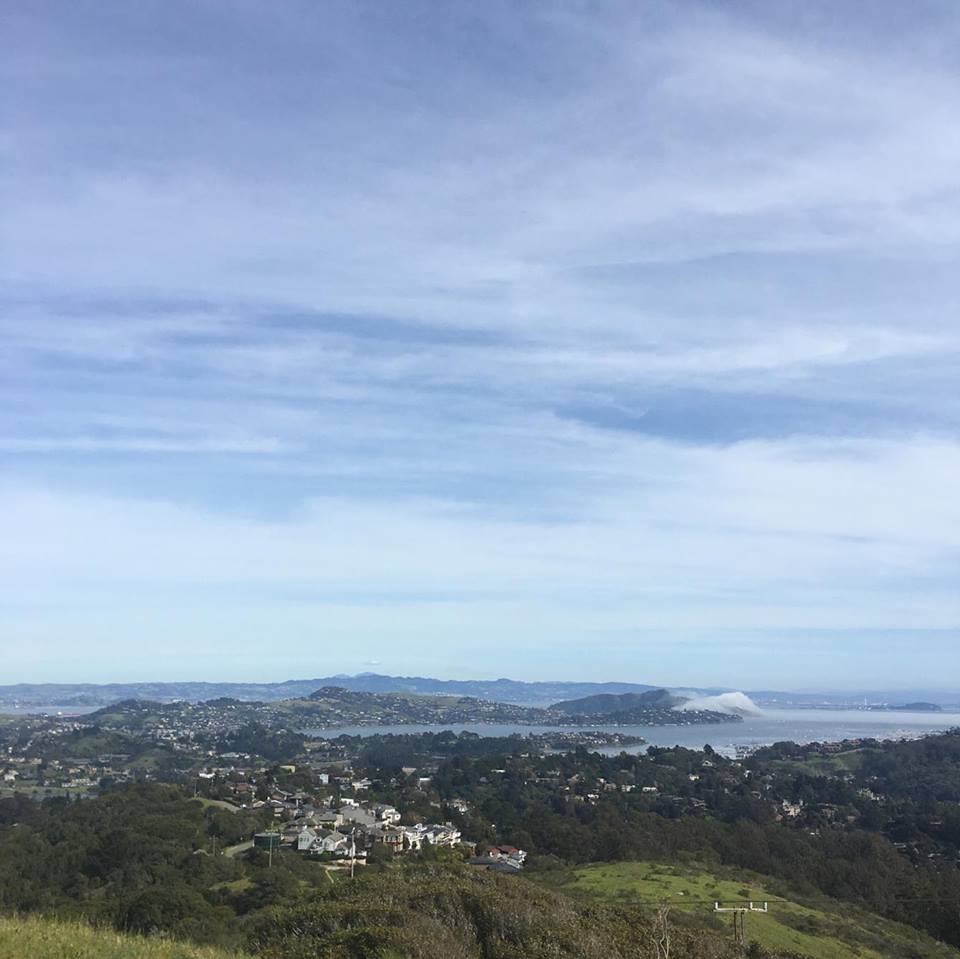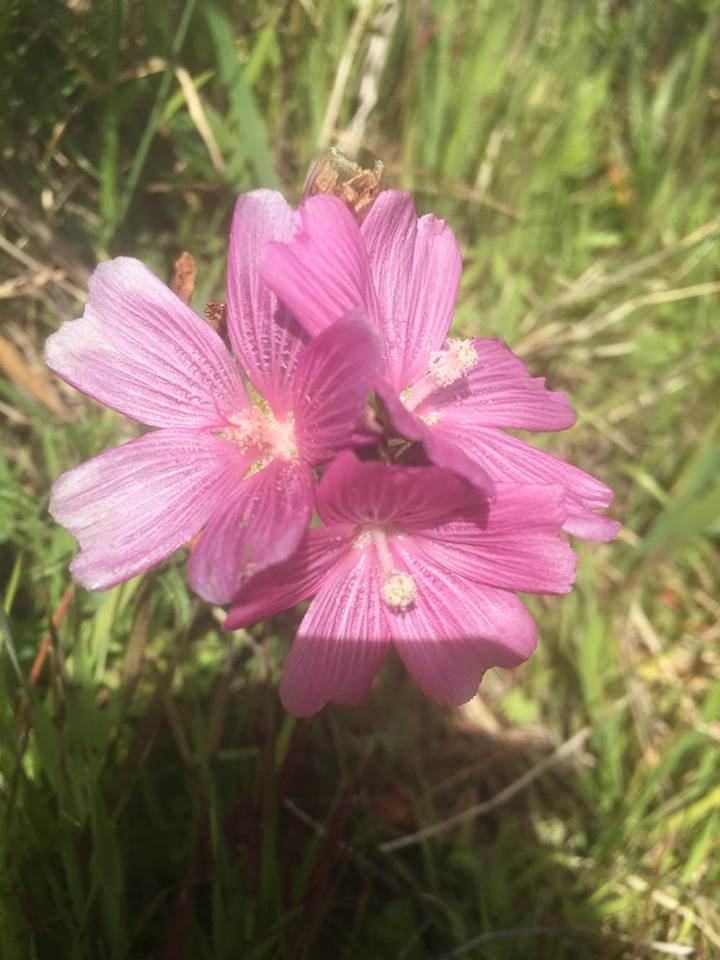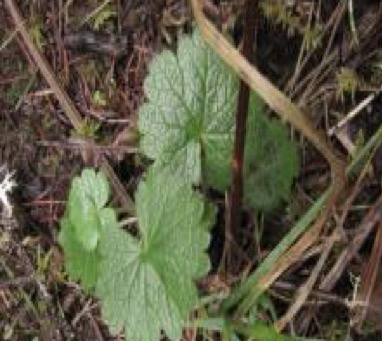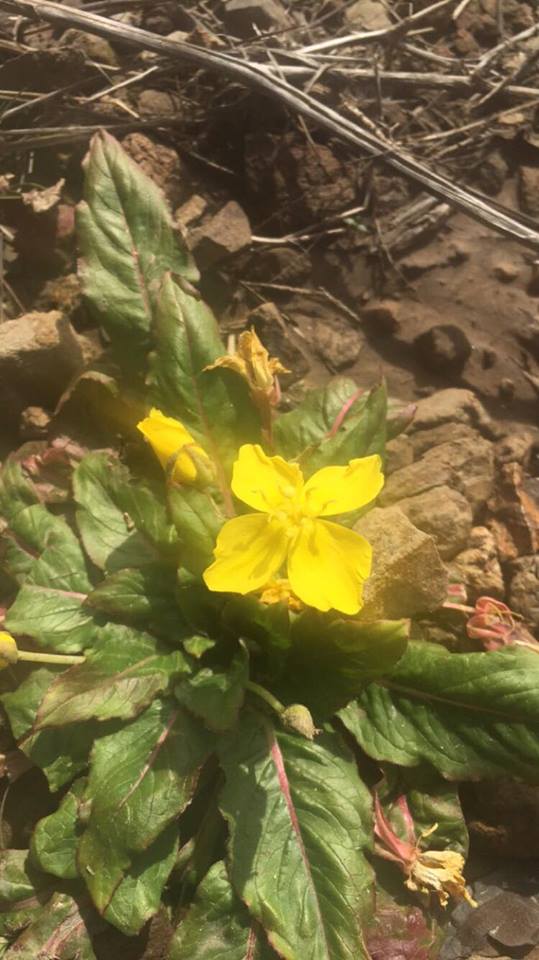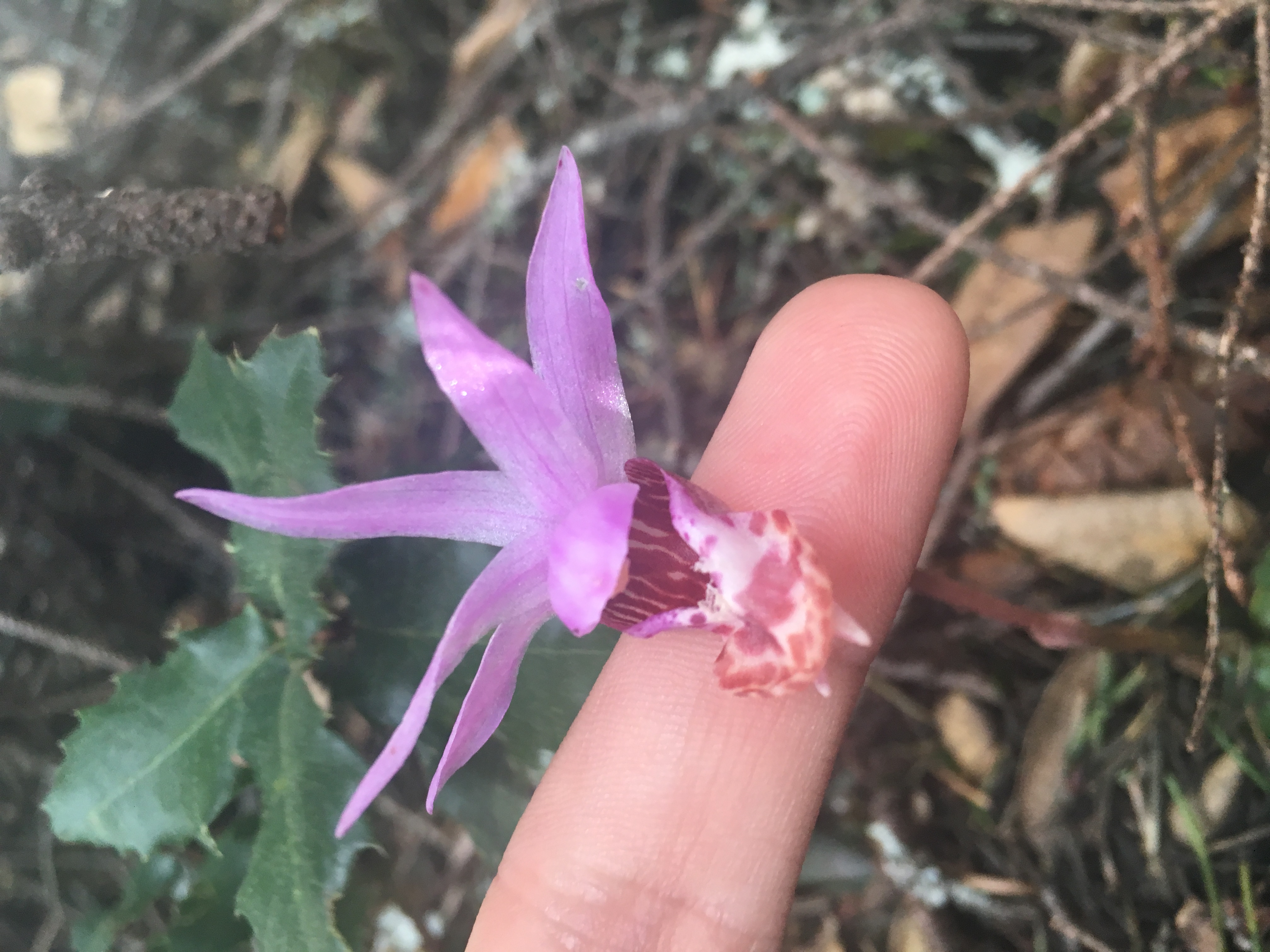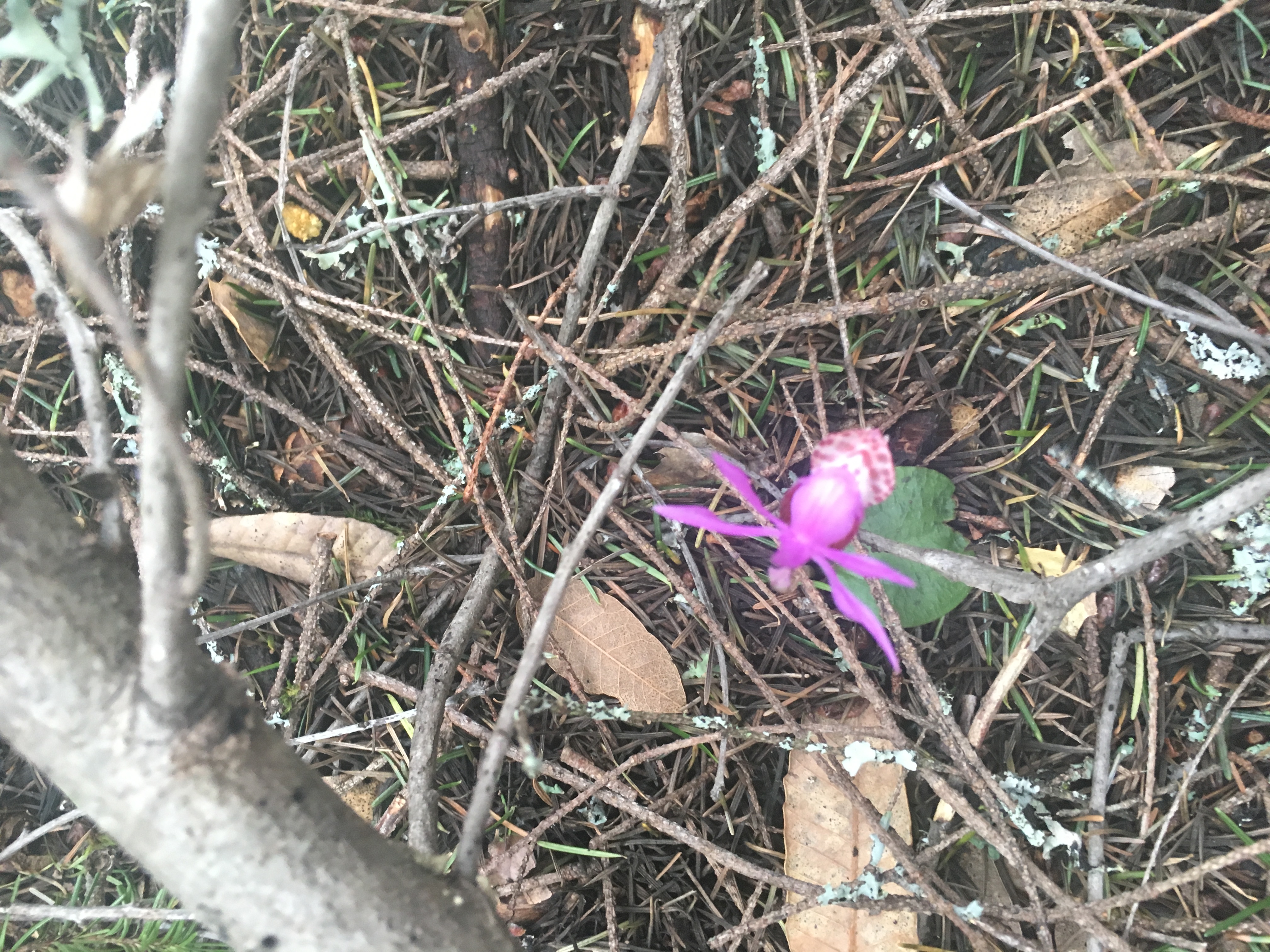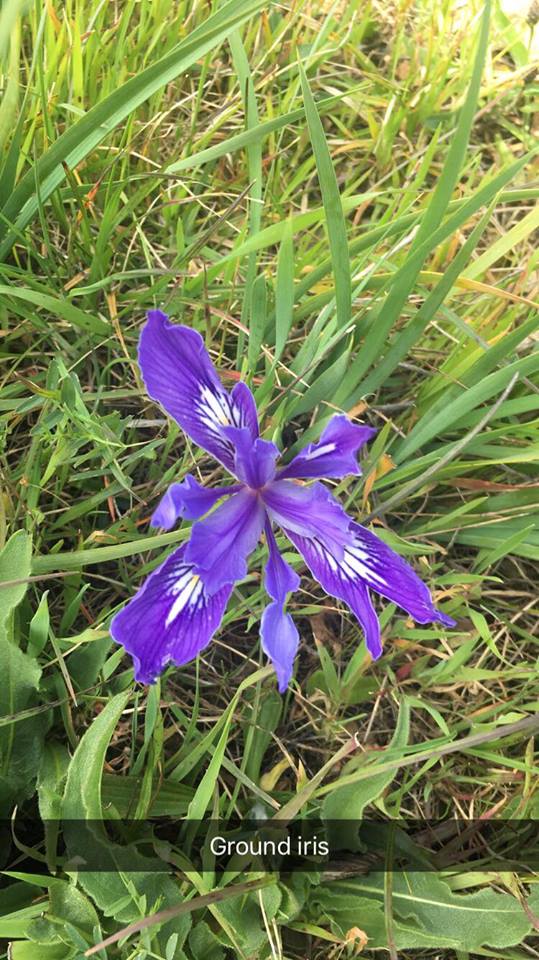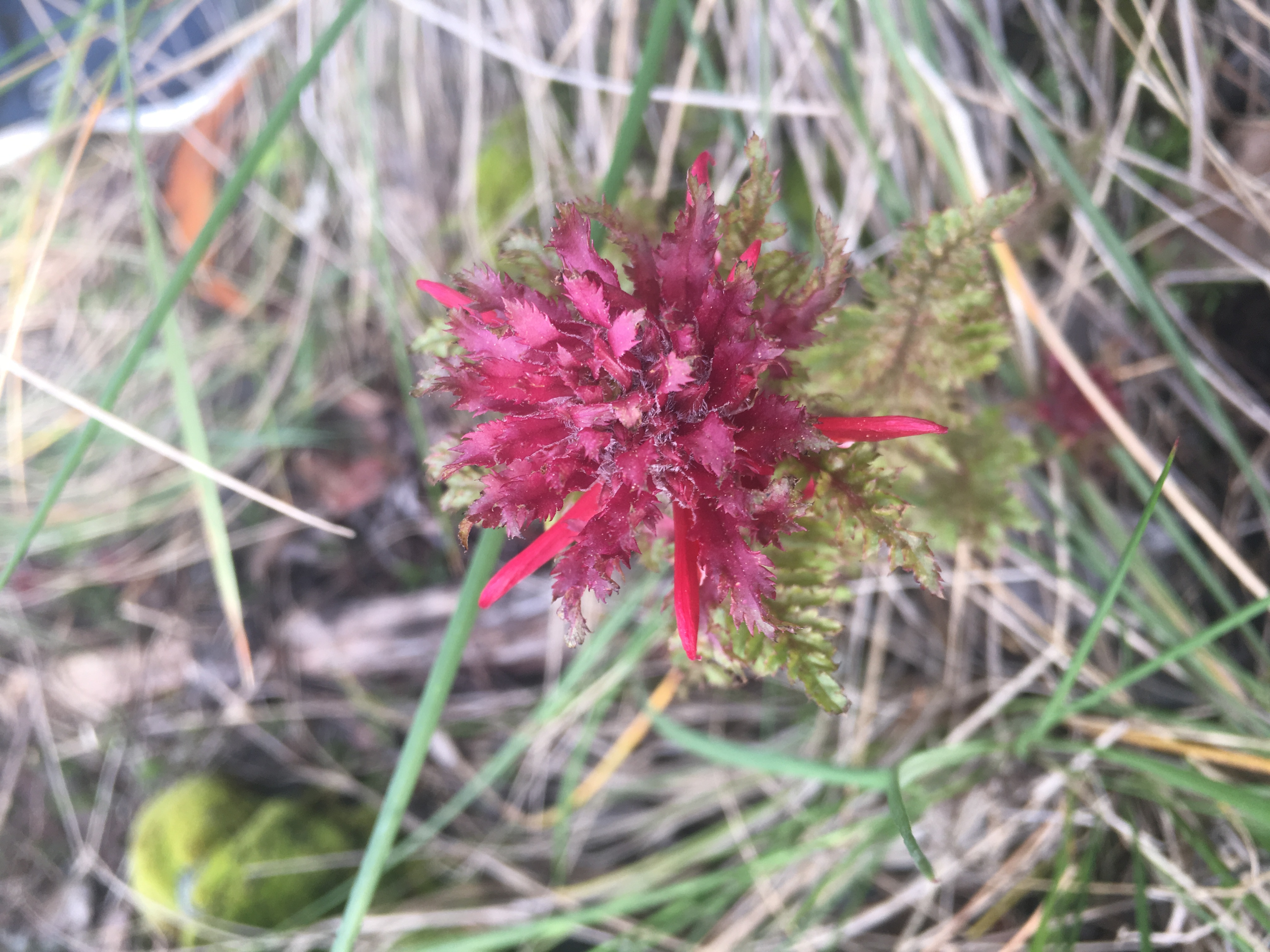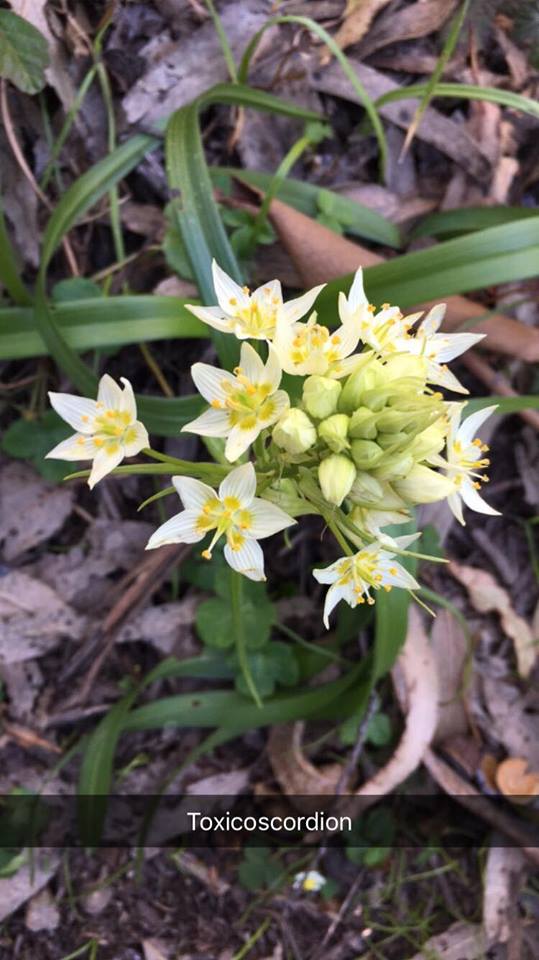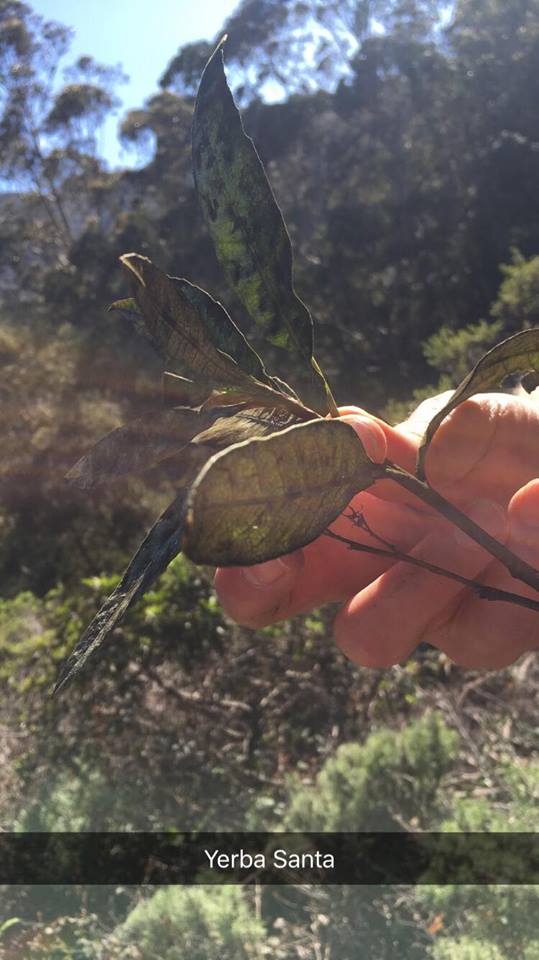Date: 23 February, 2017
Location: Presidio Coastal Trail (37.940362, -122.56146) and Marine Headlands (87.834775-122.499125)
-Elevation: 55.7 m for the presidio and 234 m for Marine Headlands.
-The first picture illustrates the directions of our first trip (from the University of San Francisco to the Presidio Coastal Trails). The second picture shows the directions of our second trip (from the Presidio to Marine Headlands).


Site description:
-The first site we visited (The Presidio Coastal Trail) is located South to the Golden Gate Bridge. There are many native and small species that grow here. The species are smaller in size due to the high winds in this region. This was a coastal/Sagebrush Scrub. There were various dominant scrub species such as California sagebrush, black sage, and coyote bush. Associated species included poison oak, California blackberry, and California buckwheat. Shrubs were around 2 meters, canopy was continuous/intermittent.
-Marine Headlands, which was the second site that we visited, consisted of endemic species within the Central Western Region of the California Ecoregion. This was also a coastal/Sagebrush Scrub with California Sagebrush and Coyote brush as the dominated species.
Species descriptions and digital collections (3): These pictures illustrate the three species of plants that I have chosen to describe in my blog.
1) Genus and Species: Mimulus aurantiacus
Common name: Sticky Monkey Flower
Family: phrymaceae

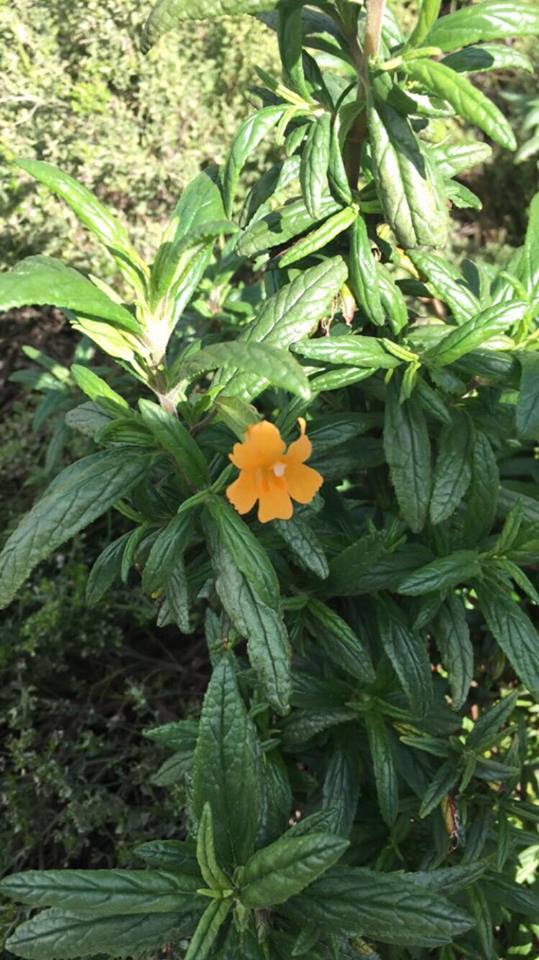
Species Description:
This species, which we observed at the Presidio coastal trail, has opposite leaves. The leaves are also long (narrowly elliptic to linear) and have a rubbery feel to them in addition to containing a tertiary venation. They contain irregular dentation. This species flowers a lot. The perennial flowers are bilaterally-symmetrical and have an apricot (orange) color. They also have a funnel-form and are white in the middle (which tells us that the female part is receptive and ready to be pollinated). This species can become bush-like.
2) Genus and Species: Castilleja subinclusa
Common name: Franciscan Paintbrush
Family: Orobanchaceae

Species Description:
This species, which we observed around the Hawks Hill, has bright red flowers. The flowers also seem to appear open and airy. The middle part of the flowers is yellow. This species has early flowering. The stem has short axillary shoots. The leaves are about 3-8 cm long. They are monocot, thin, and also grass-like. The leaves have a lanceolate shape. They are entire and a bit hairy. This species is endemic to the California Coast.
3) Genus and Species: Lupinus chamissonis
Common Name: Beach Blue lupine
Family: Fabaceae


Species Description: this is a famous legume plant. The leaves are entire, hairy, and compound palmate. They appear to be bluish green. The stem is erect. This species has legume pods and is restricted to the coast. The flower has a whorled inflorescence. The flower pedals appear to be violet to blue.
Narrative:
We left campus at around one in the afternoon and headed to the Presidio coastal trails. We drove in the Mercedes van that was very big. The weather was sunny and nice. The trail that we took had many native species and we learned about new species almost every step of the way. We continued walking until we came across the golden gate bridge and took some awesome pictures. Then we headed back to the car and drove to Marin headlands.
At the Marine headlands, which was across the Golden Gate Bridge, the weather was much colder. But as we walked, it started to get sunny. We learned about species with interesting names, which I have included pictures of in my blog. I remember running toward the sun with my arms wide open, trying to absorb all the heat after freezing in the cold wind. Dr. Paul then drove us to Hawk Hill, where we got to see a beautiful view of the bay and took more pictures. We headed back to campus around five. This was a very fun and informative trip!
Taking notes in the field. PC: James

View from the Hawk Hill

I was fascinated by the mosquito bill species

I now know how to make a comfortable bed if I ever get stranded

Professor Paul teaching us about the White nightshade
